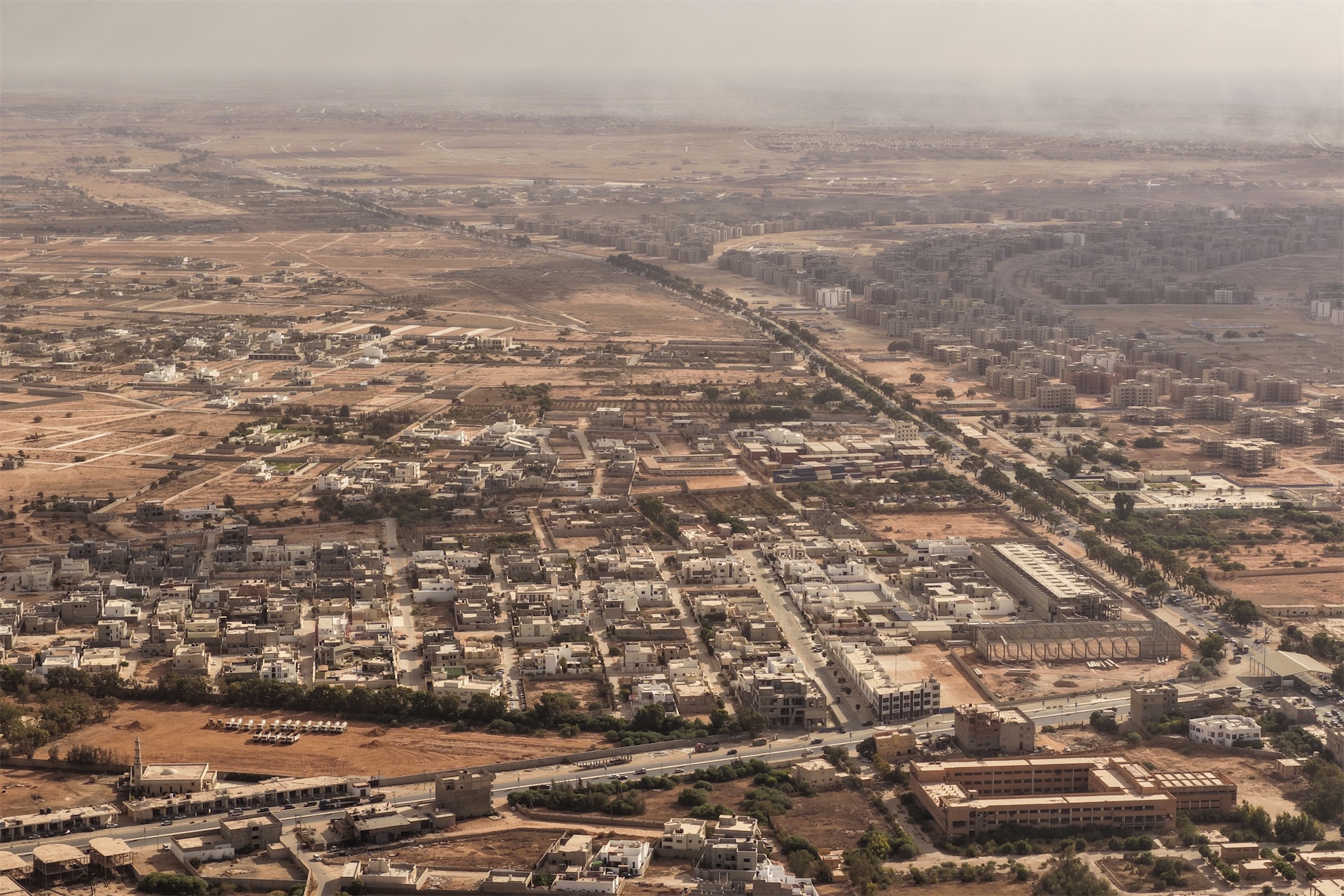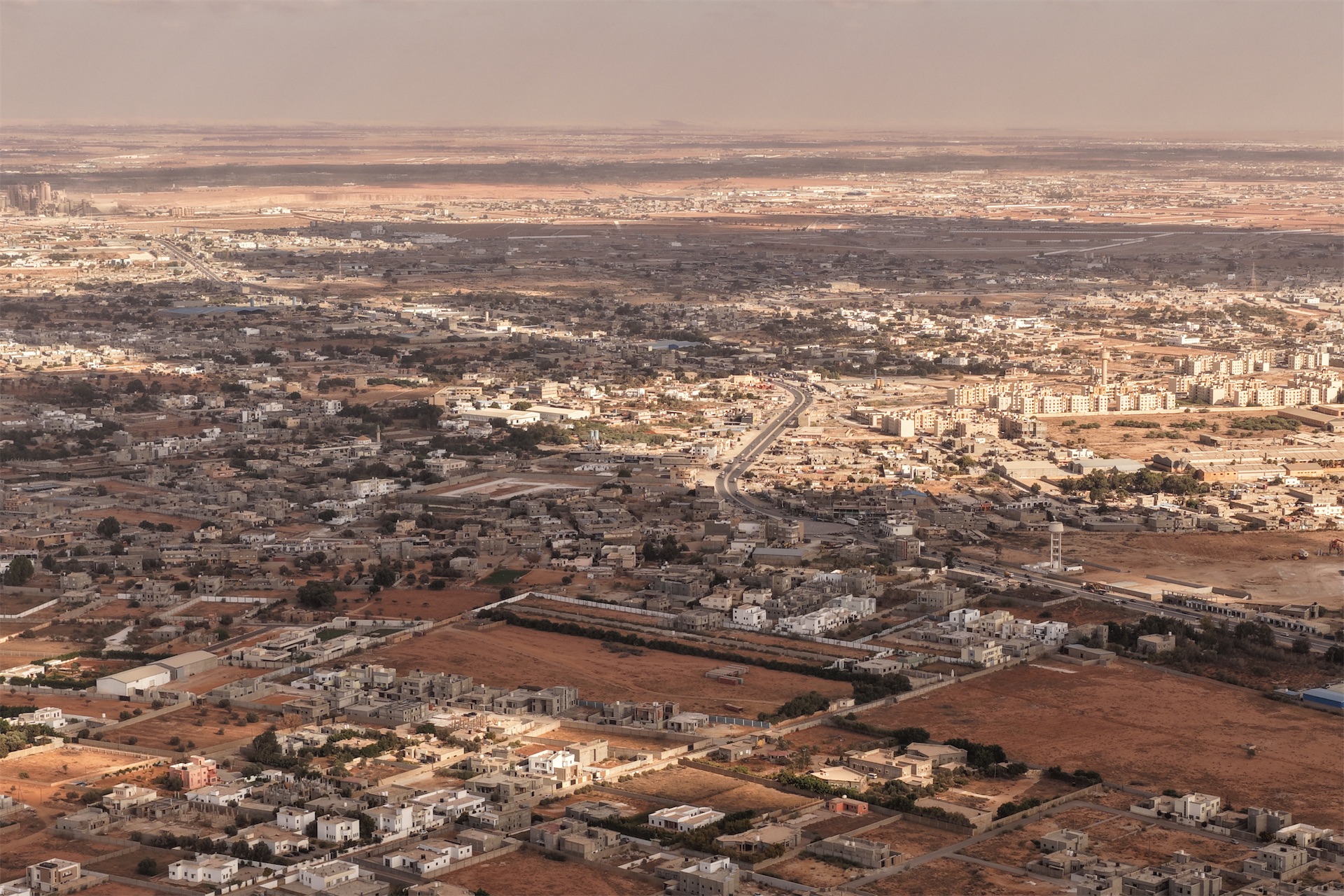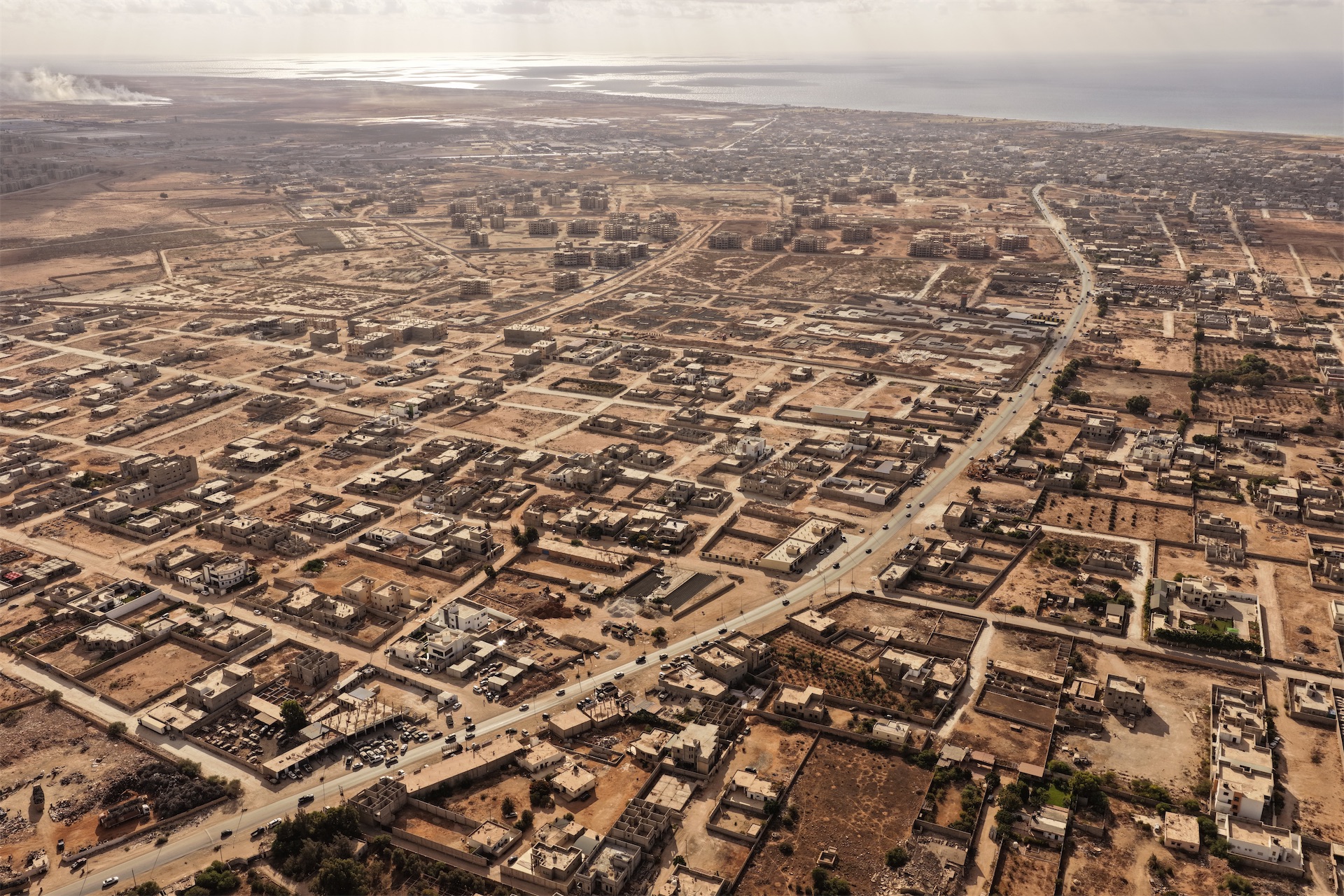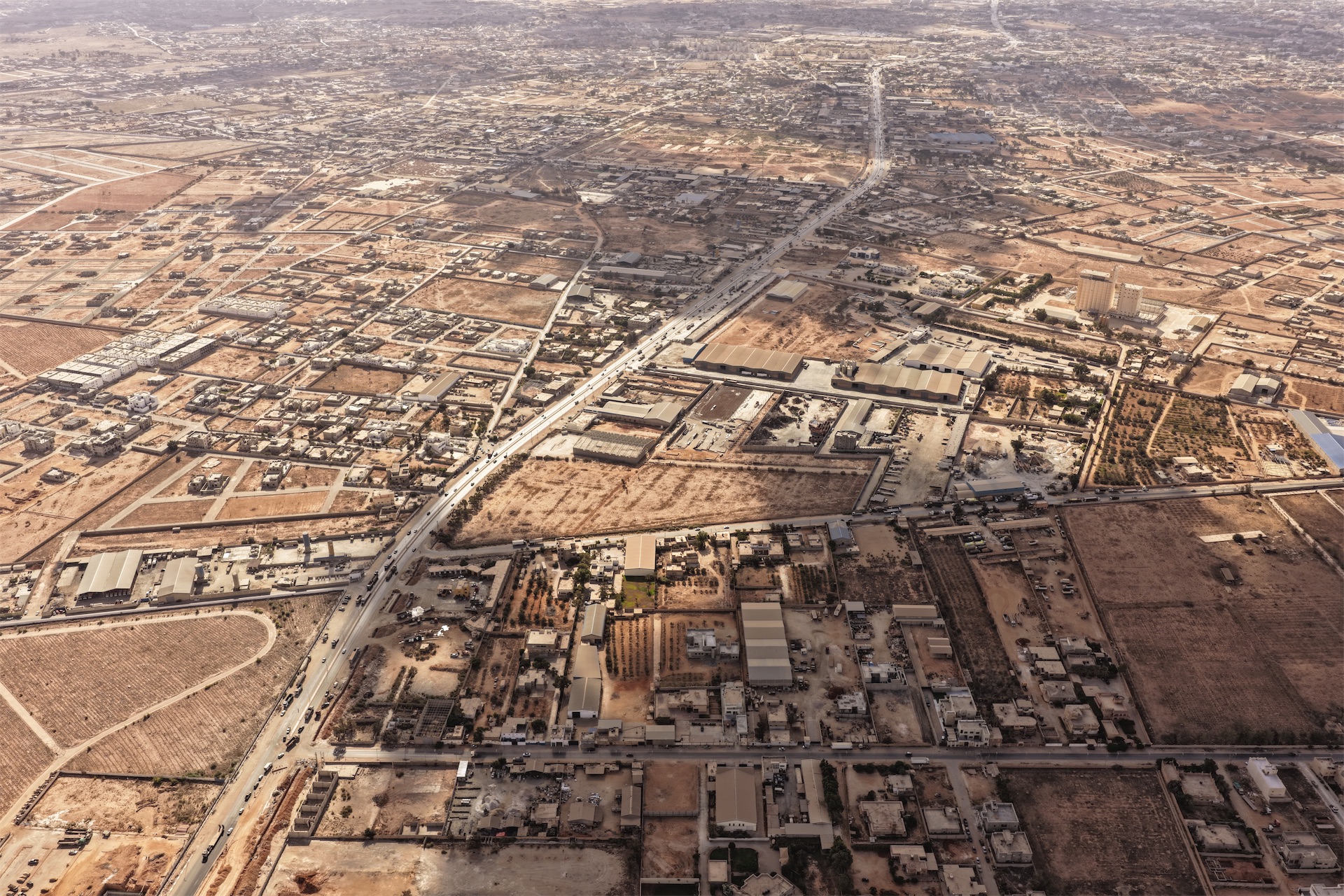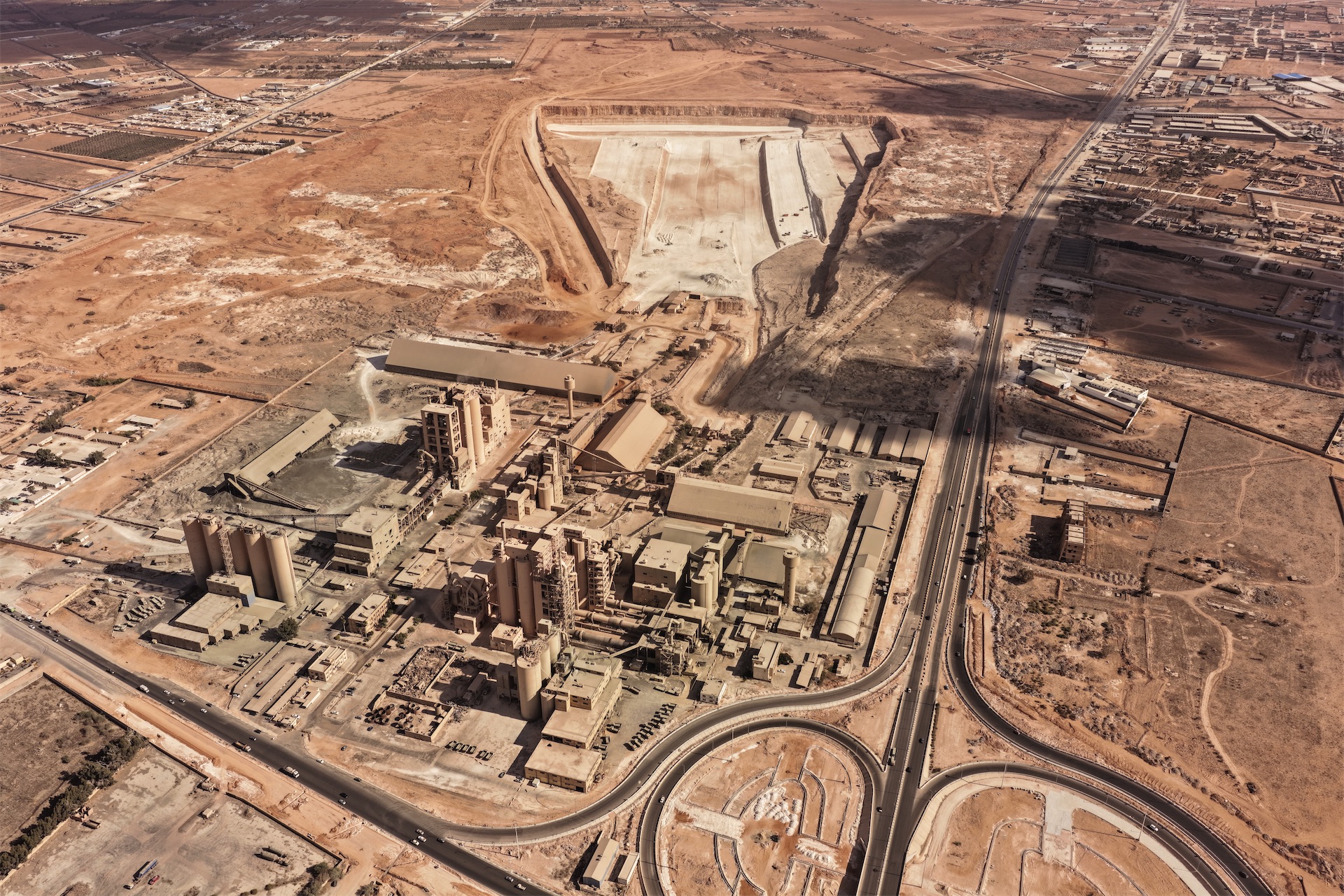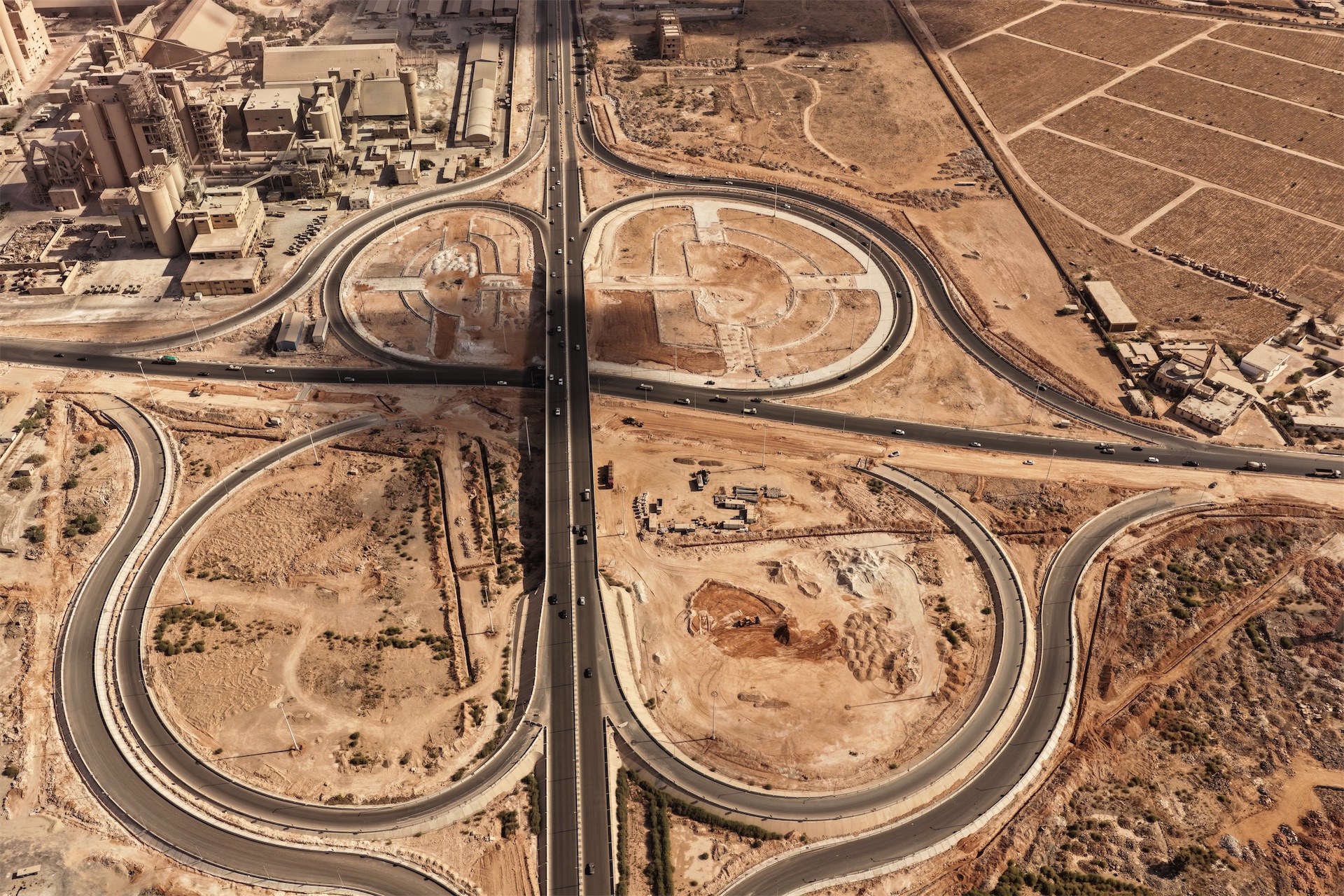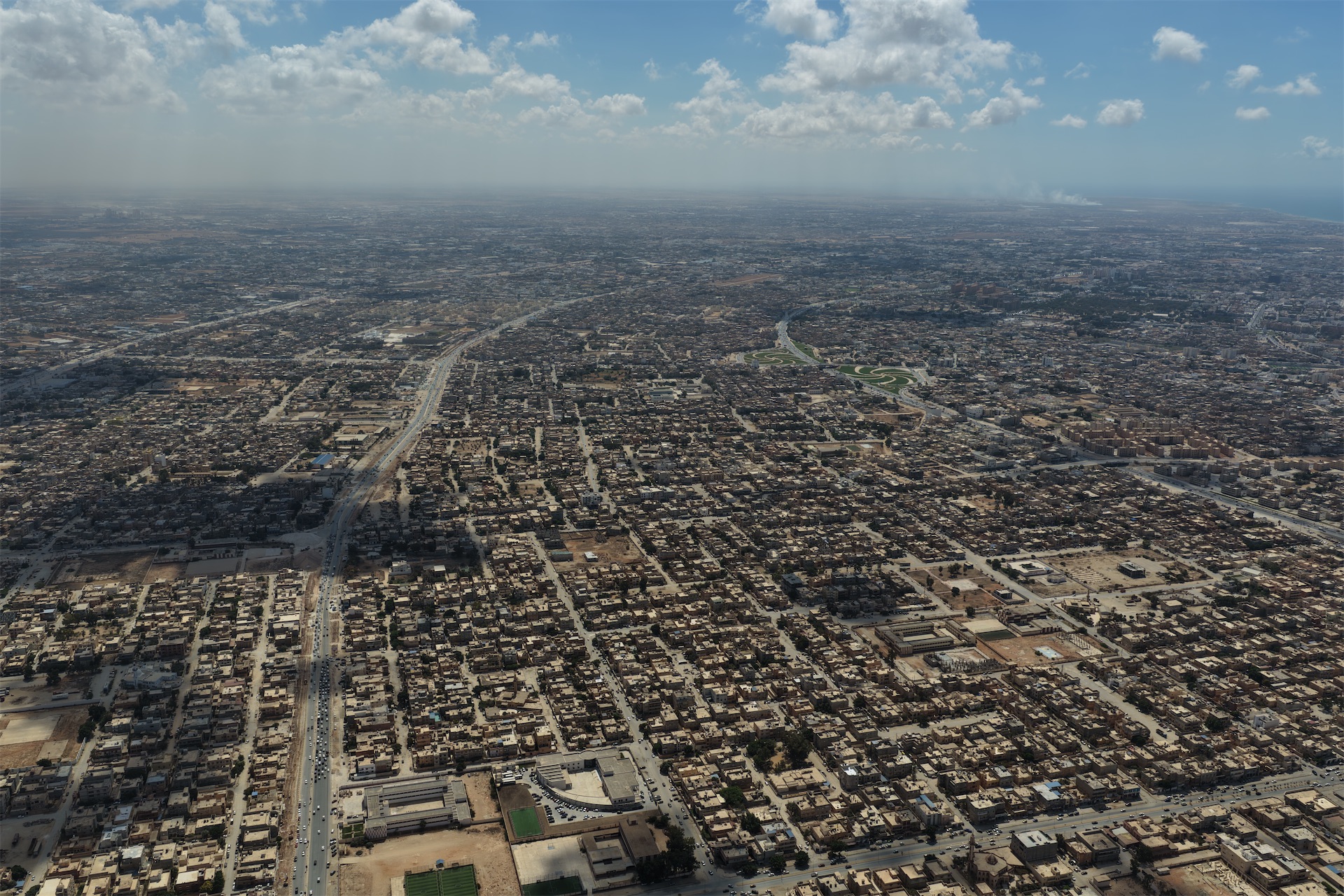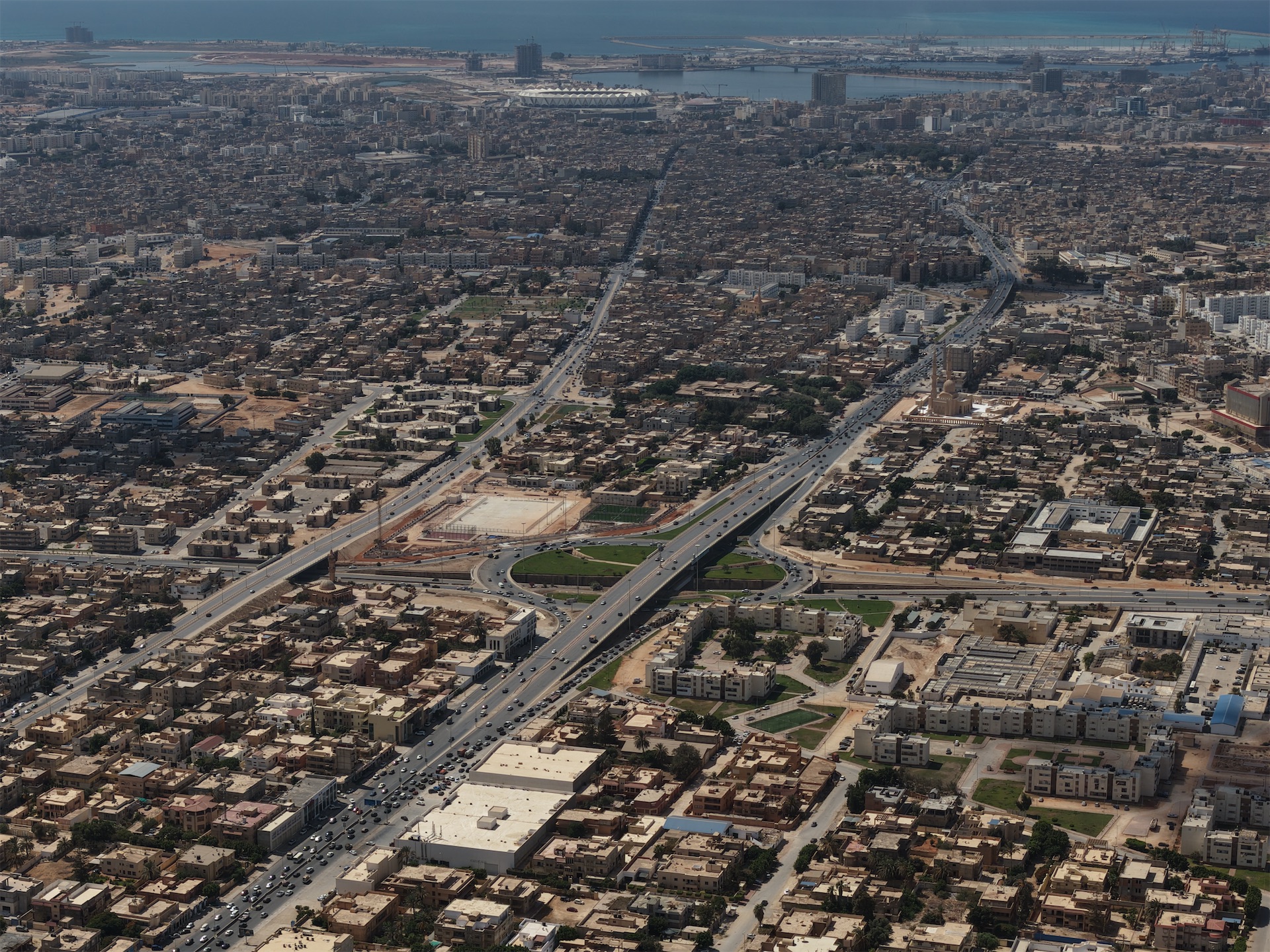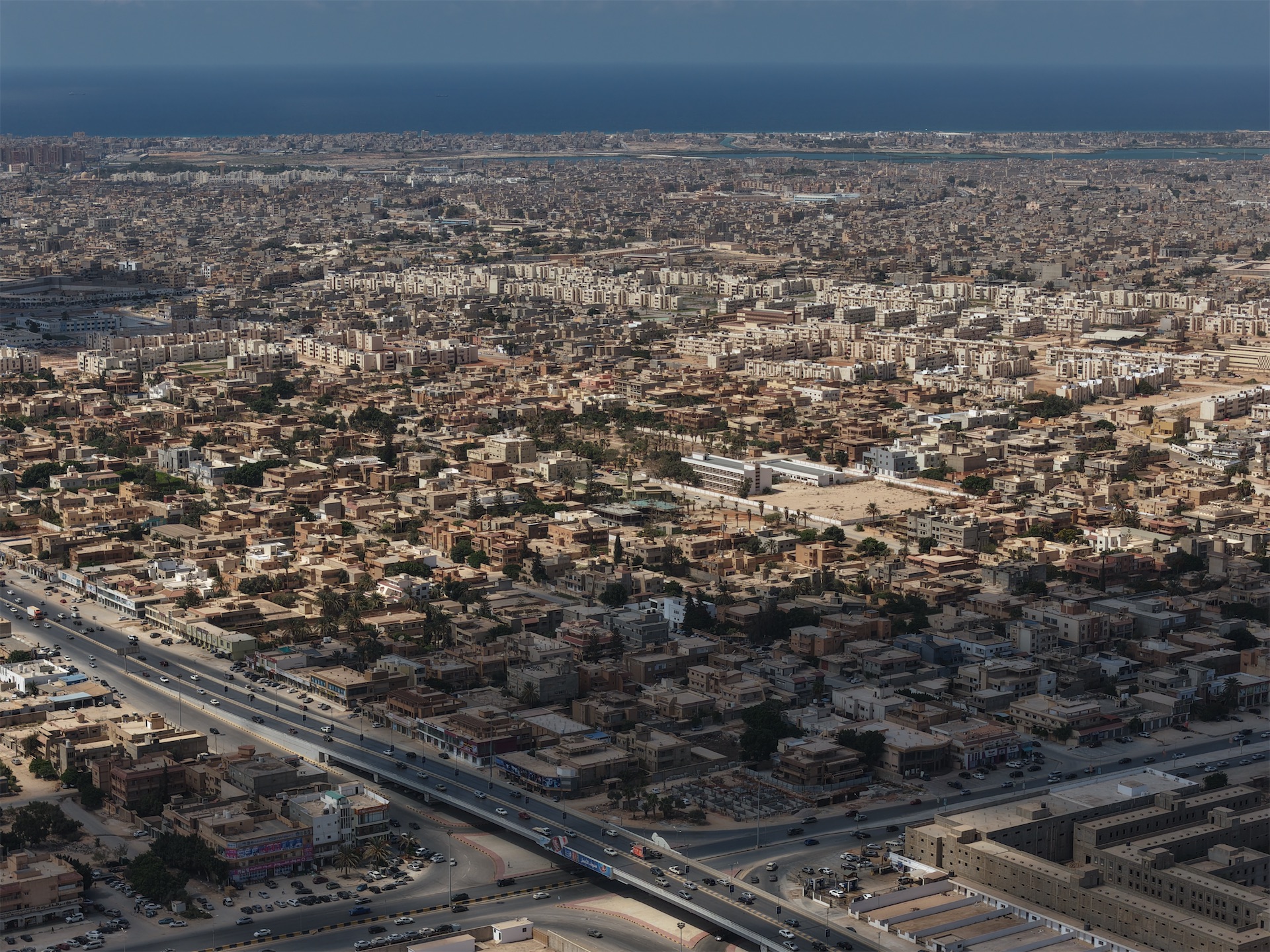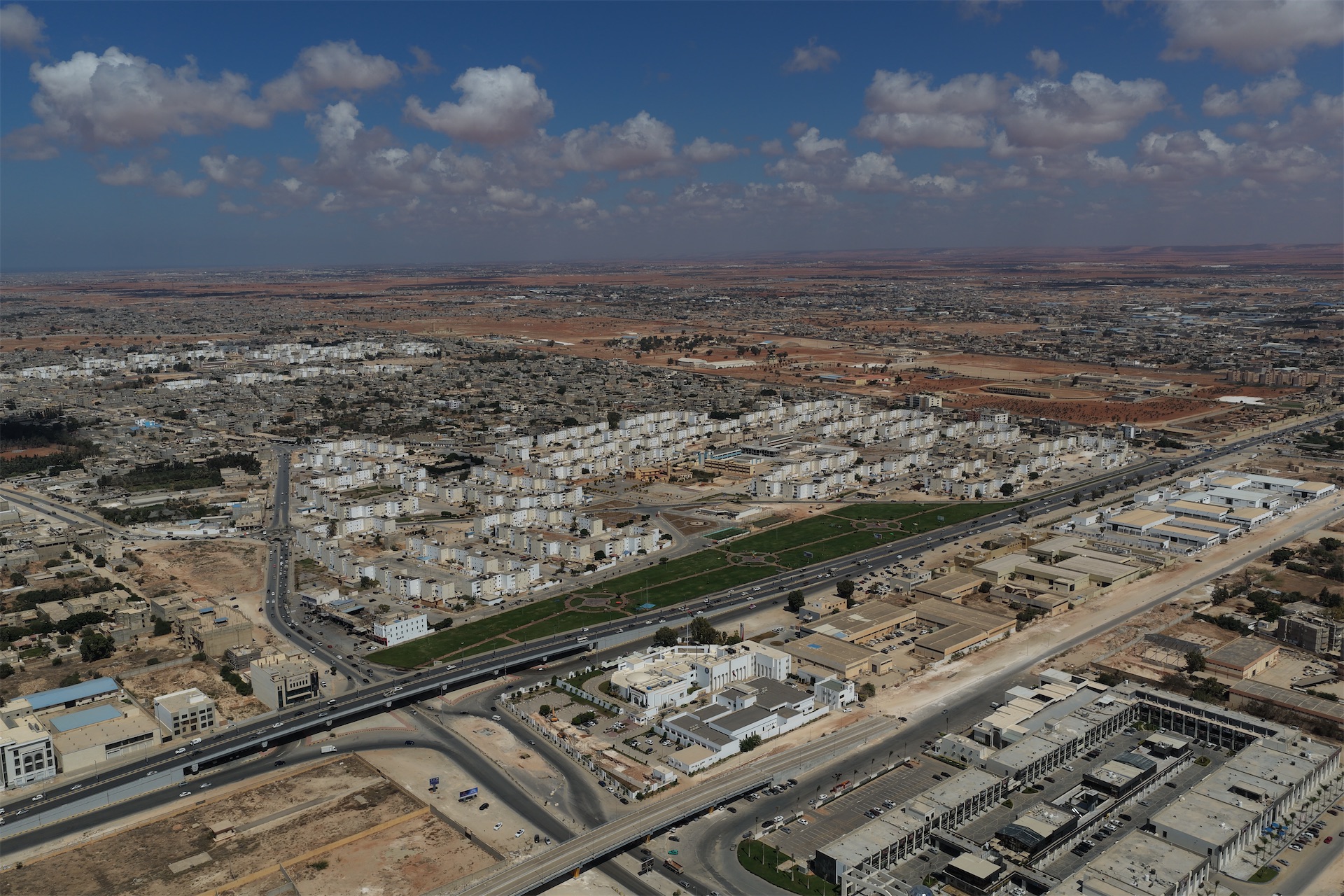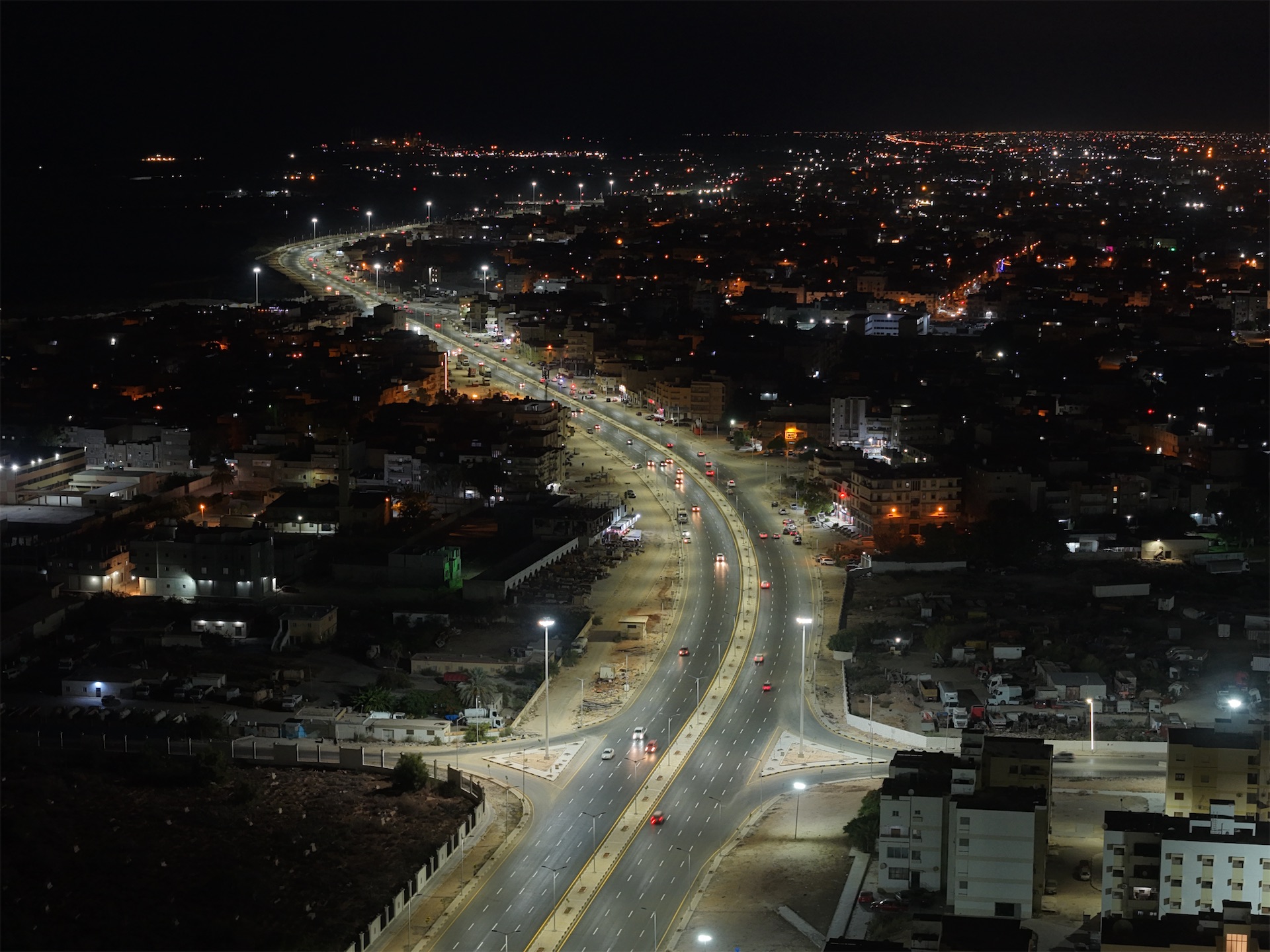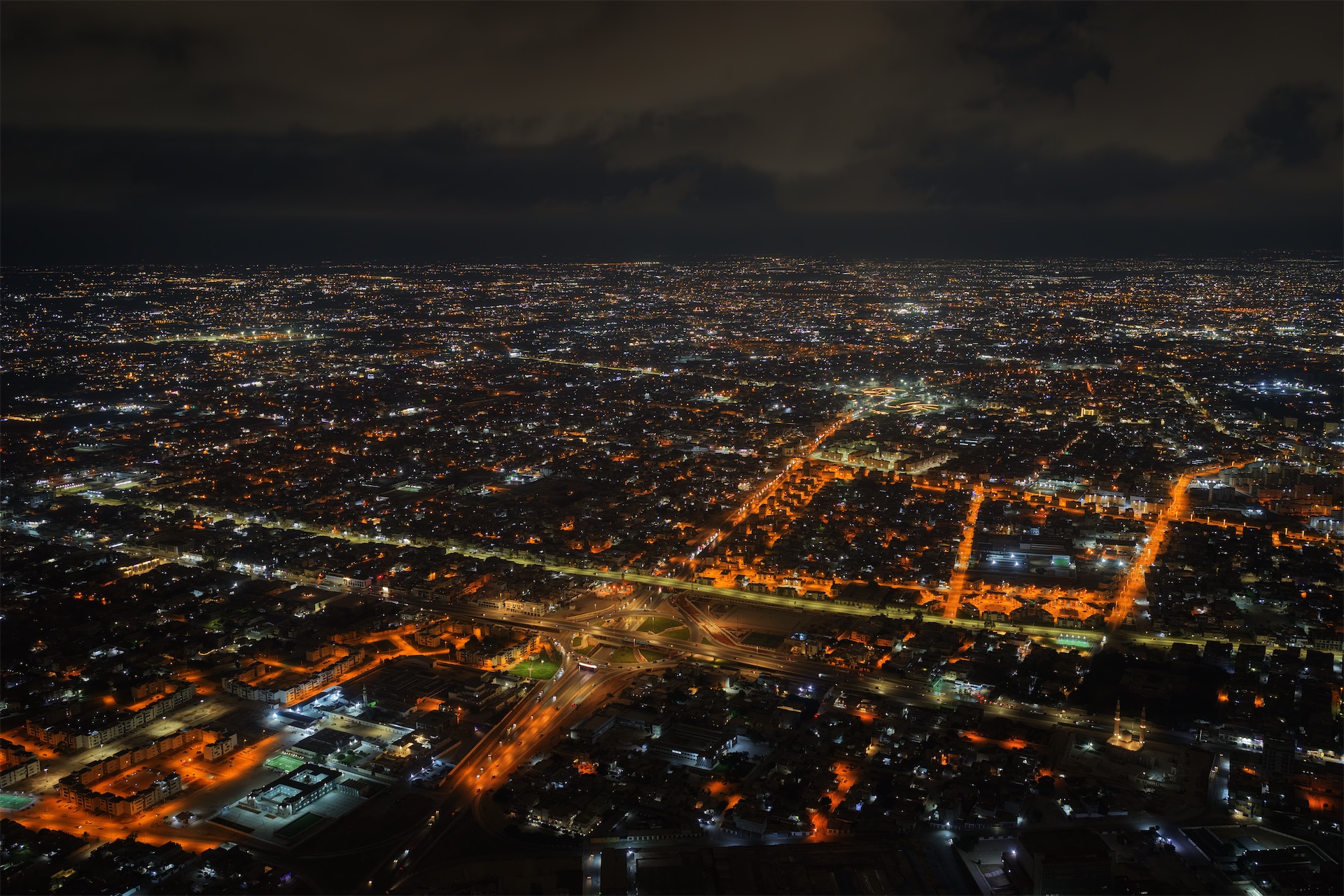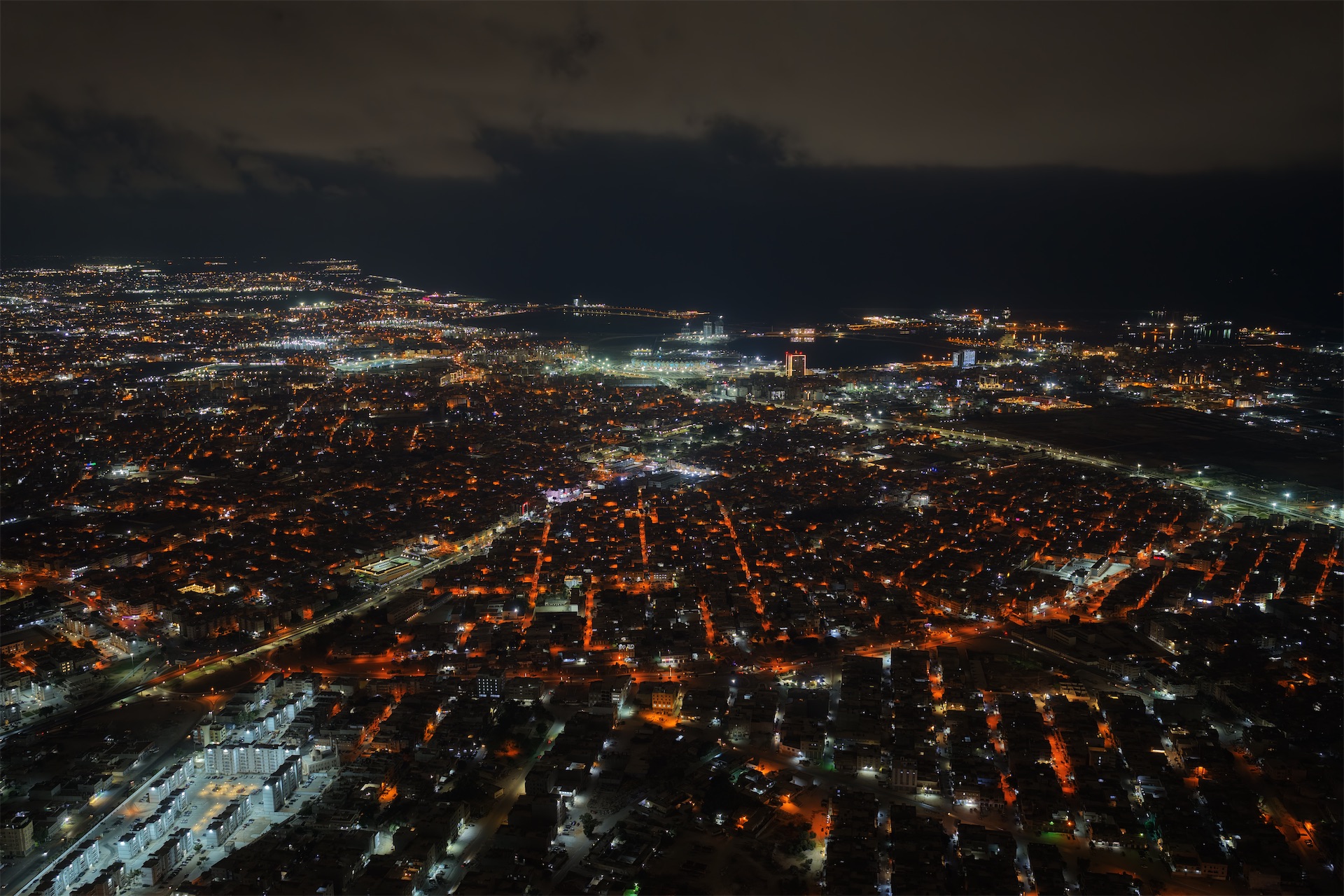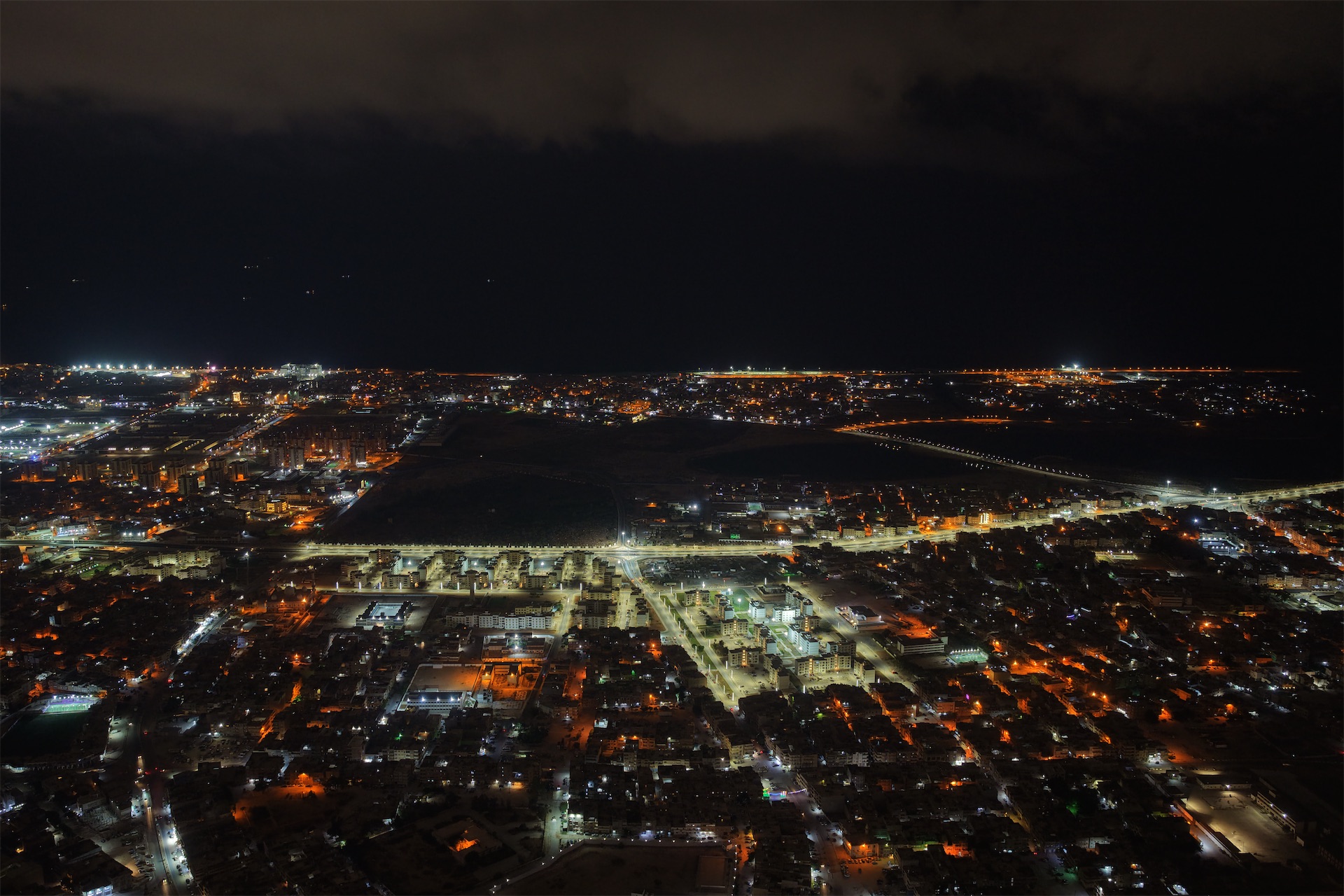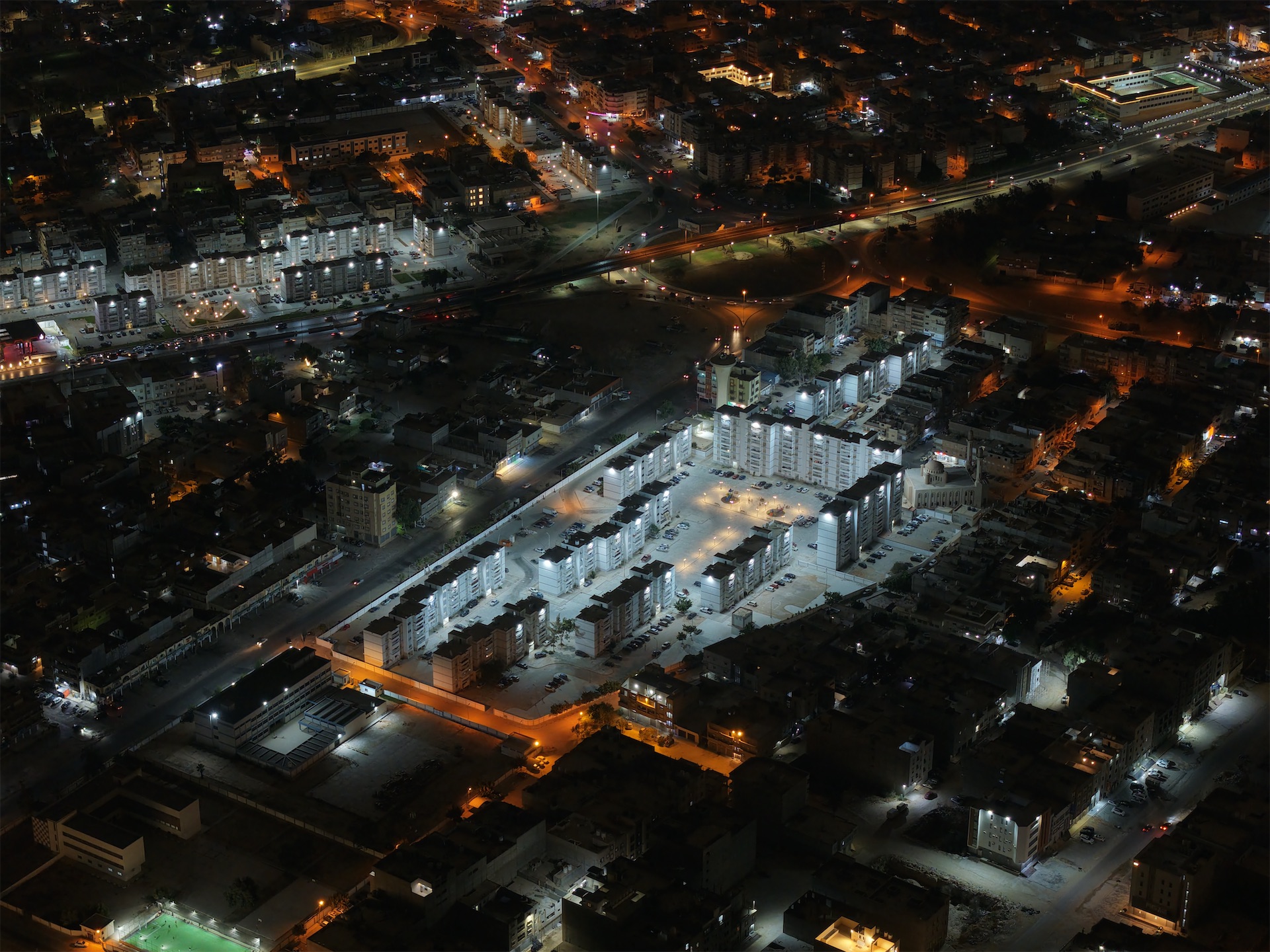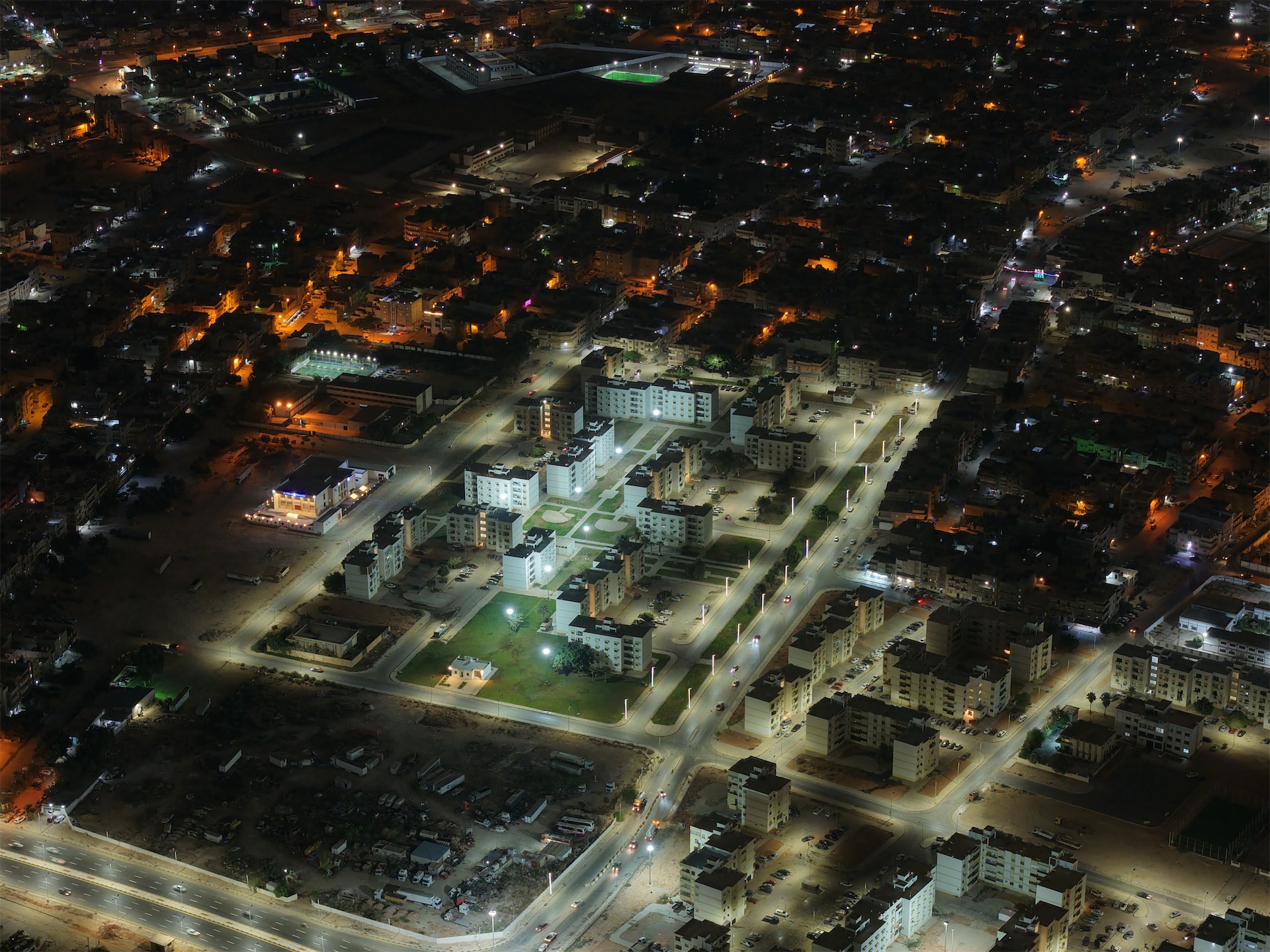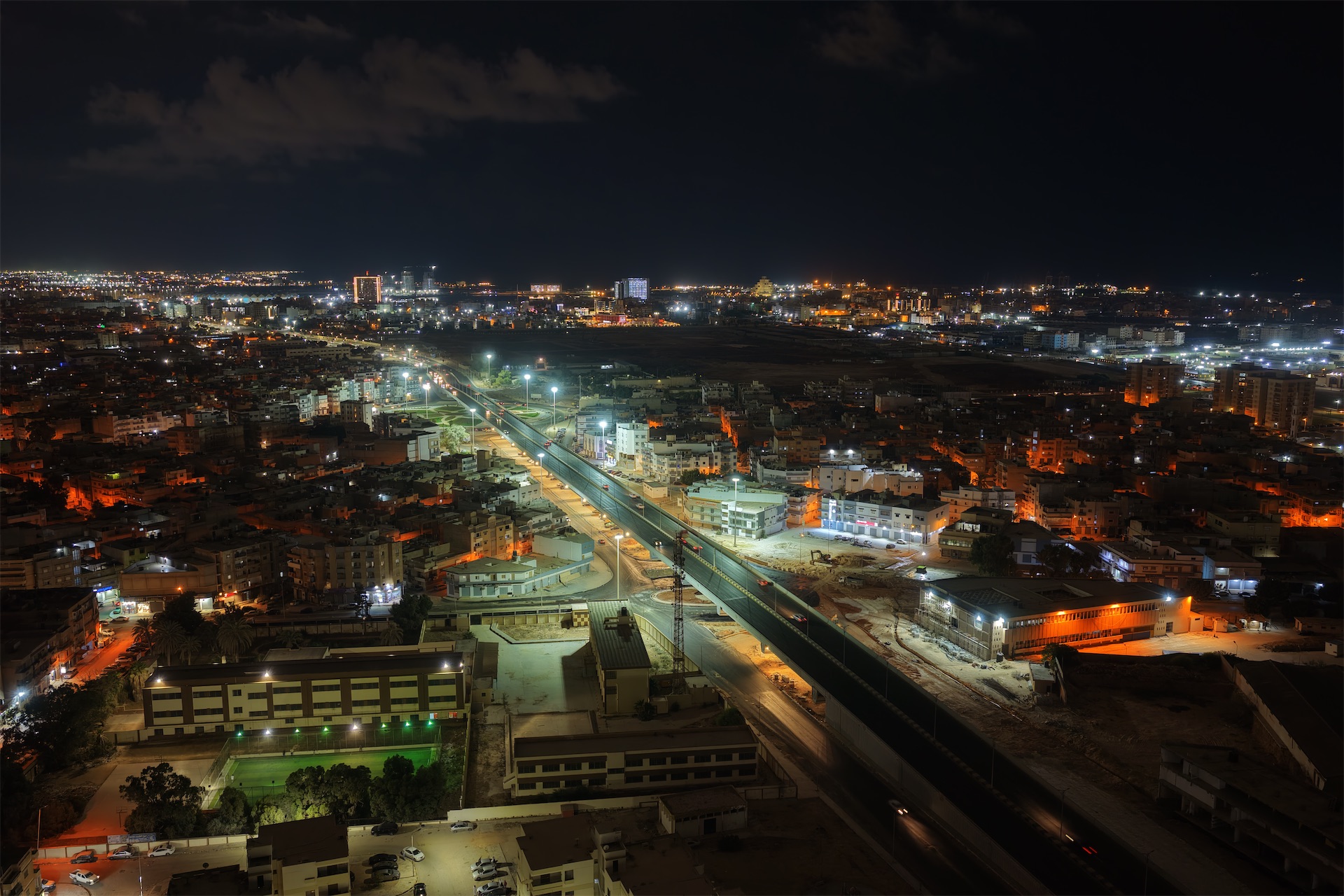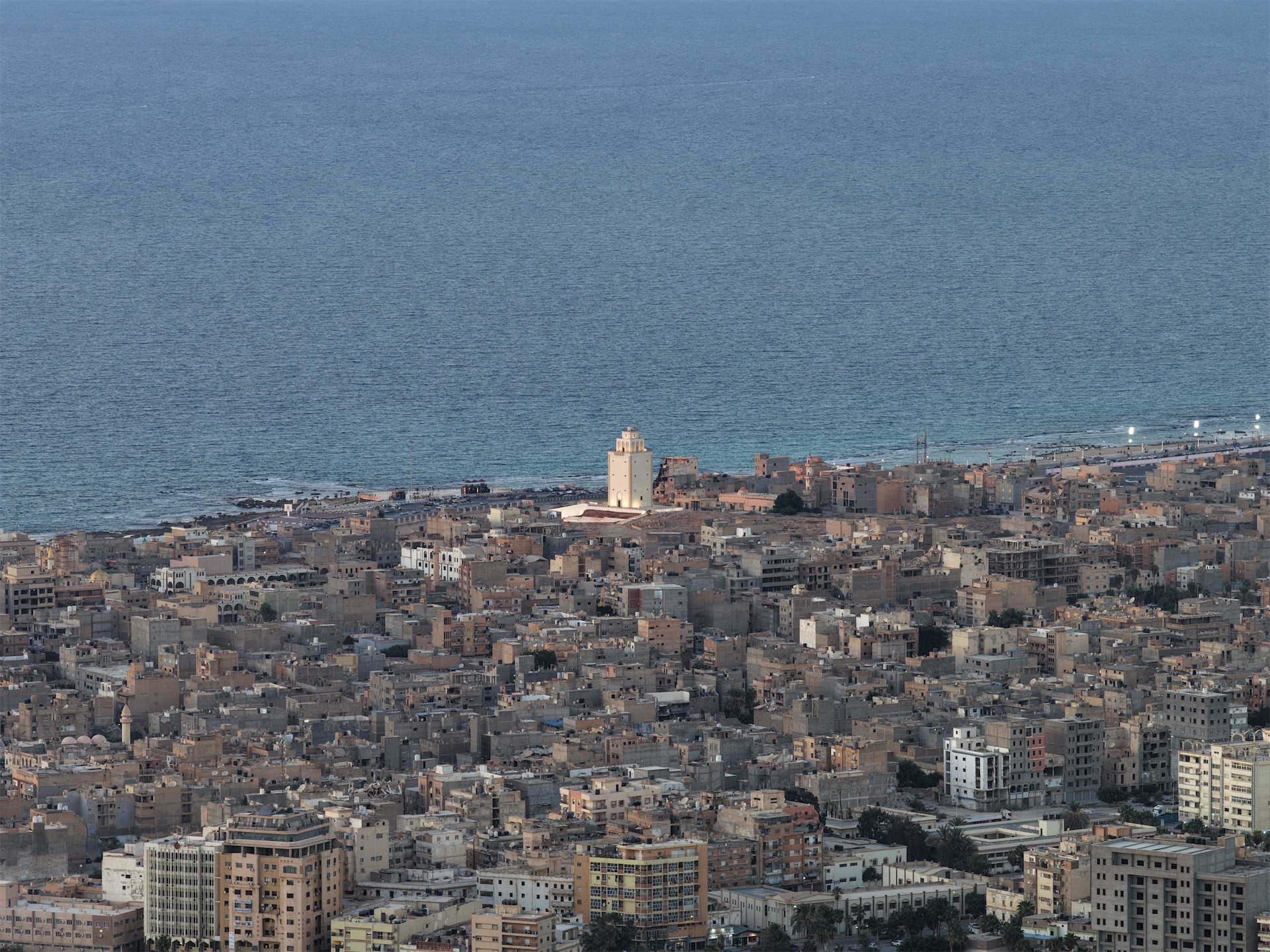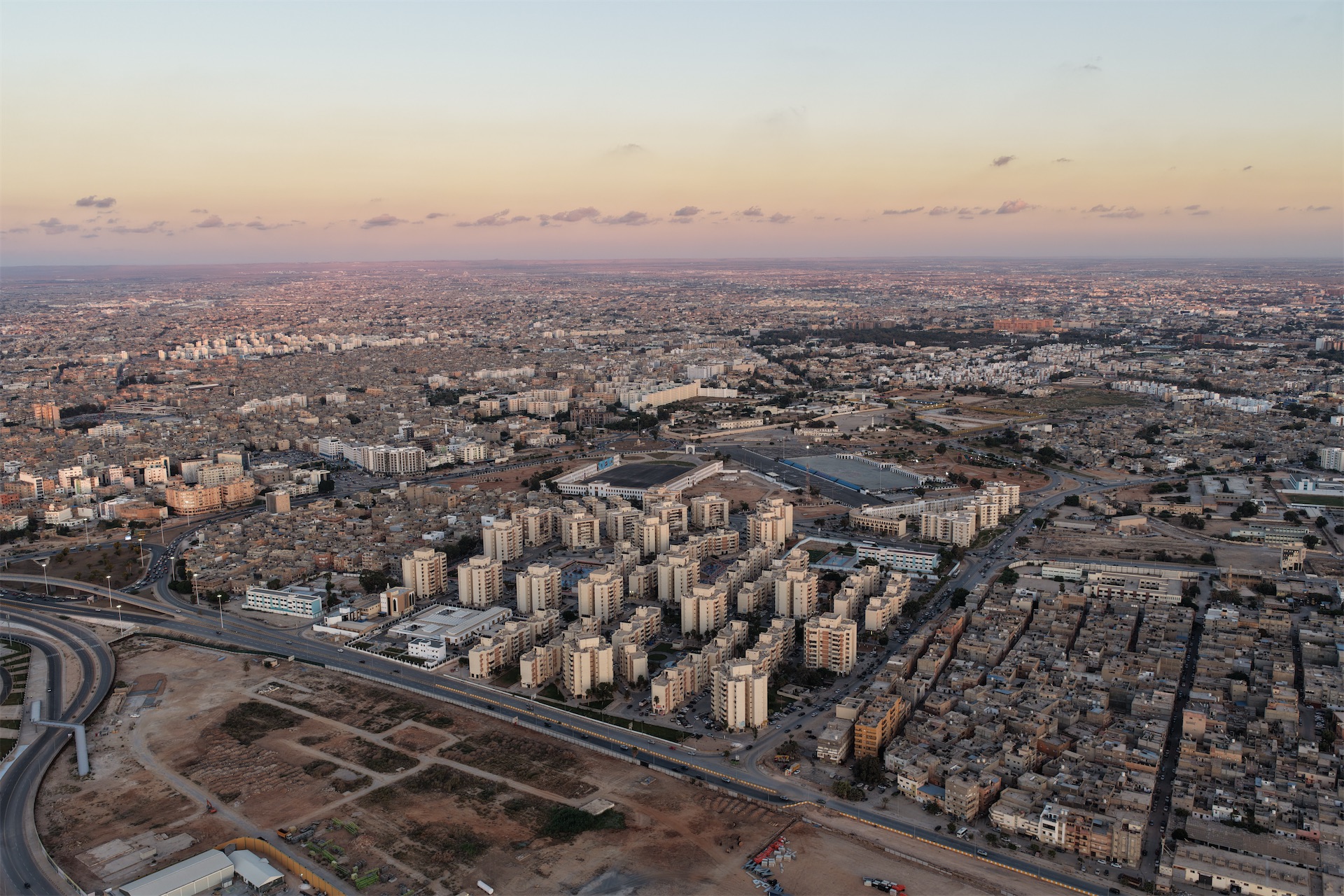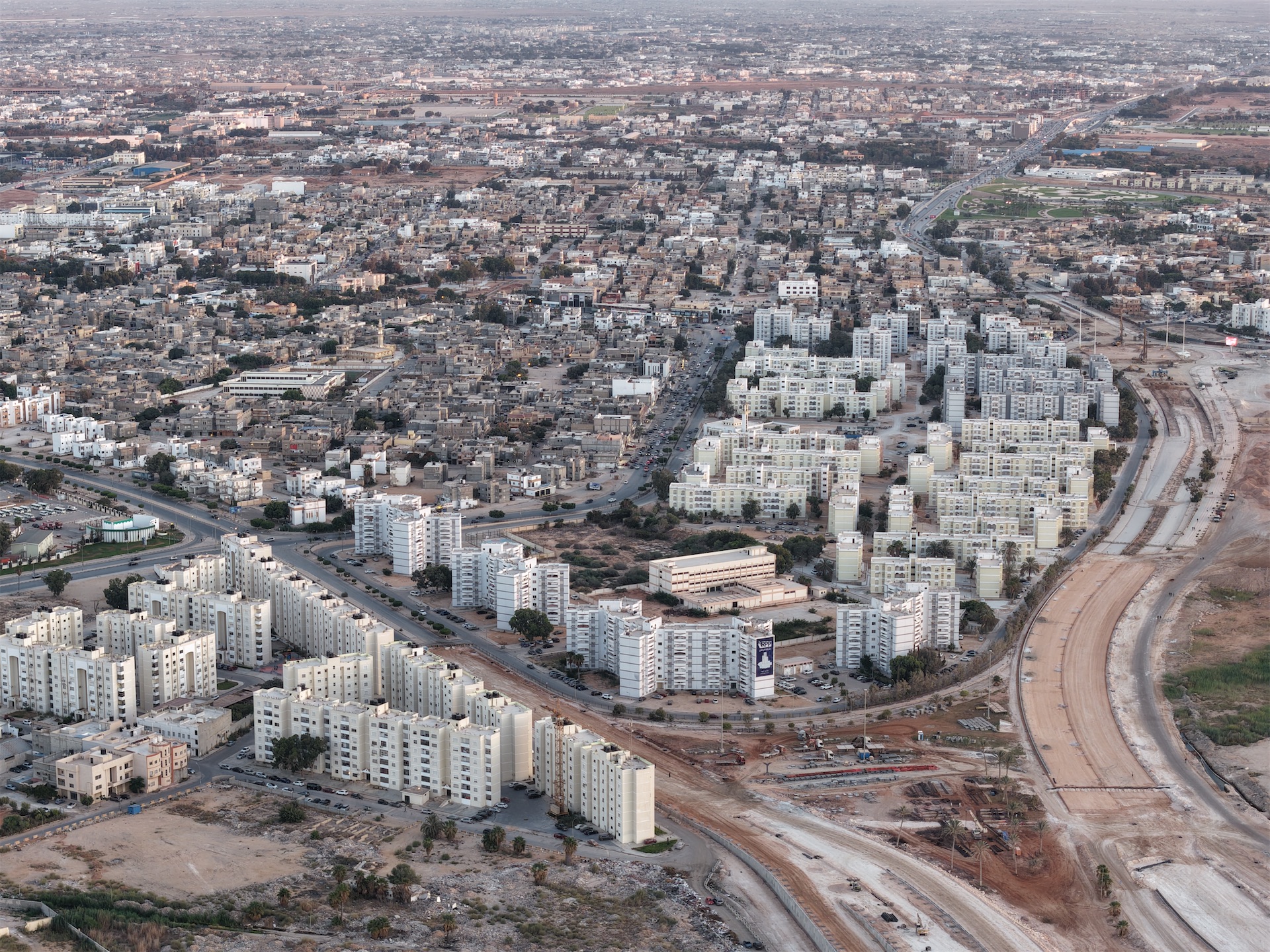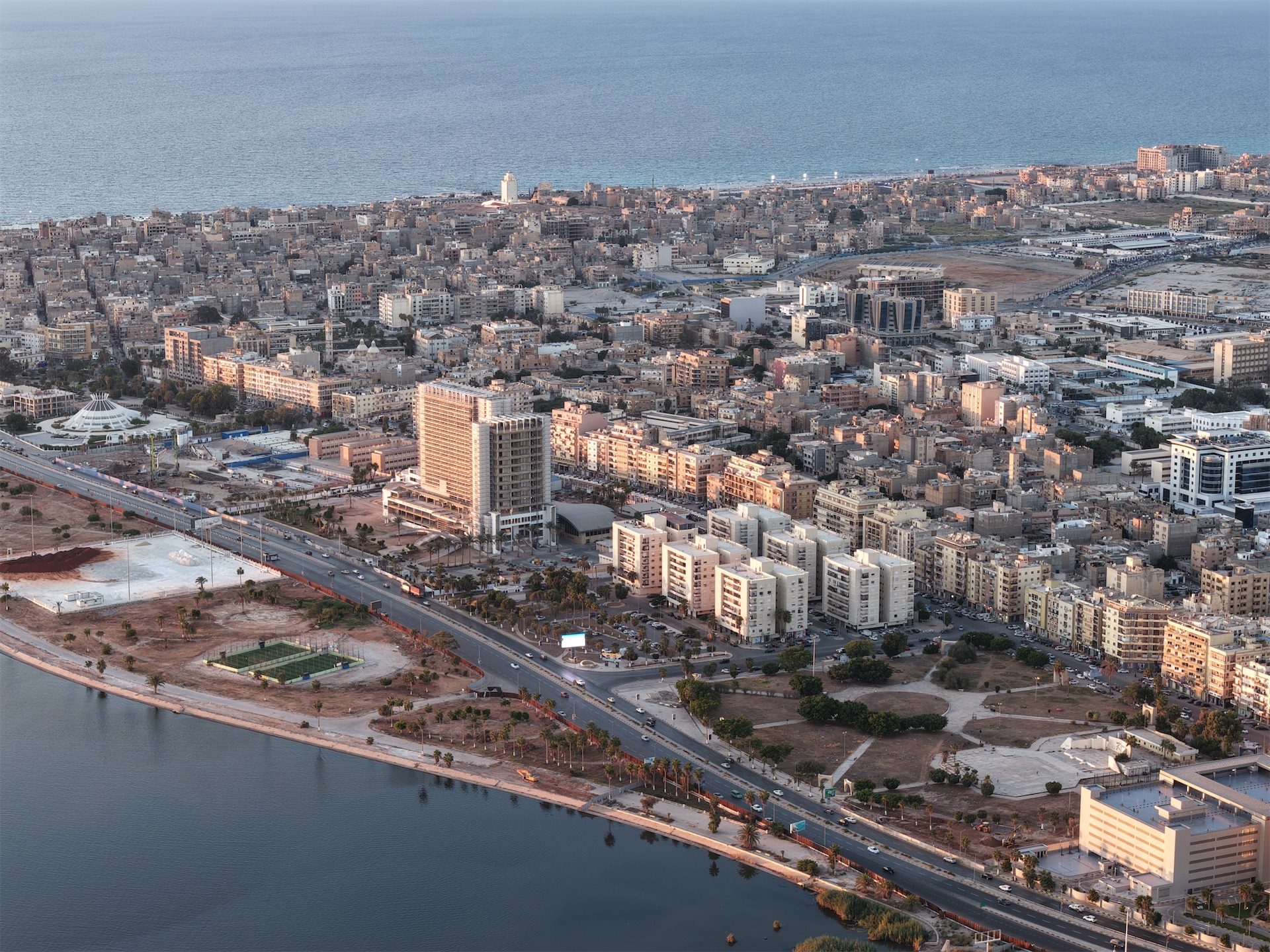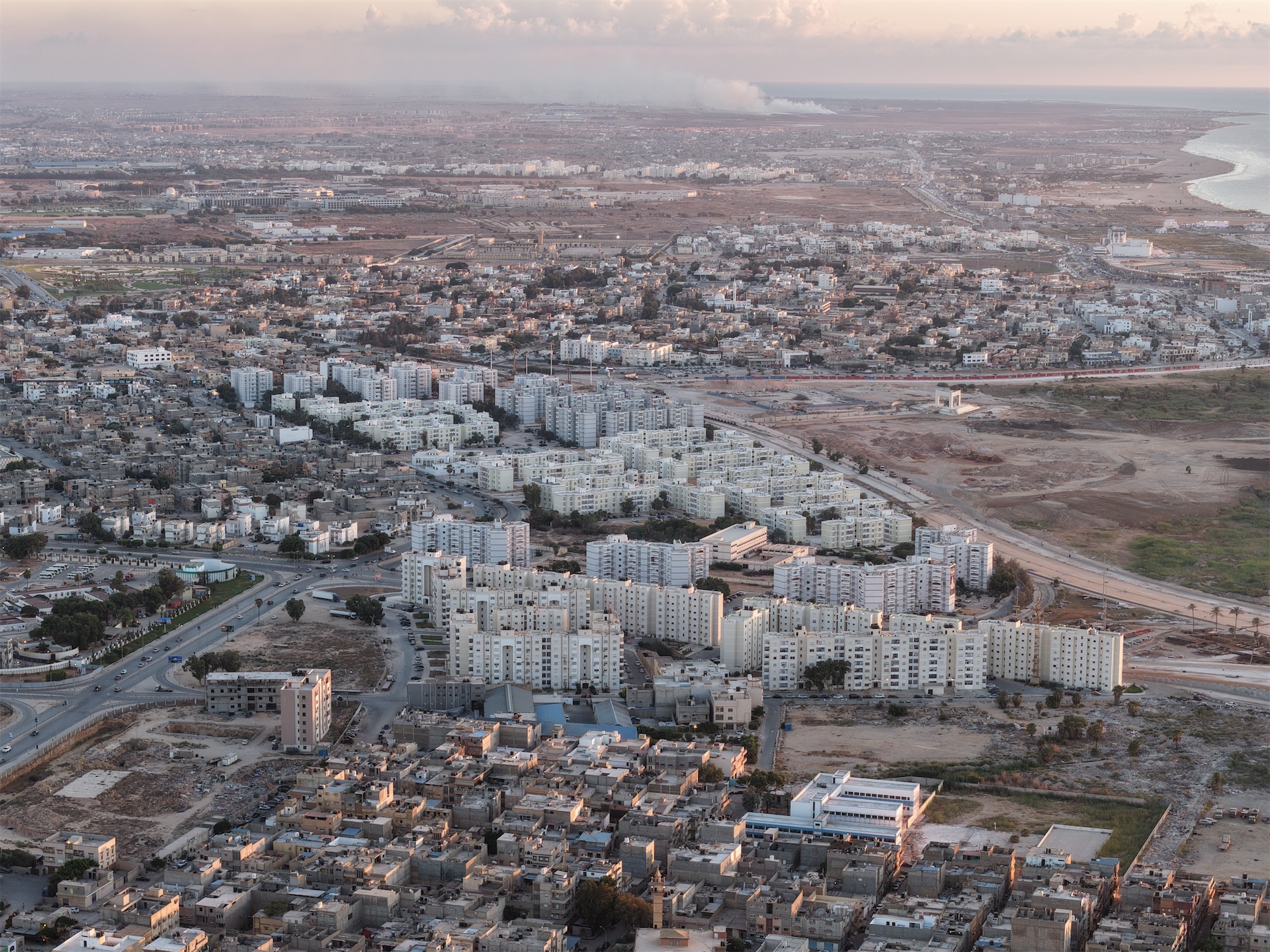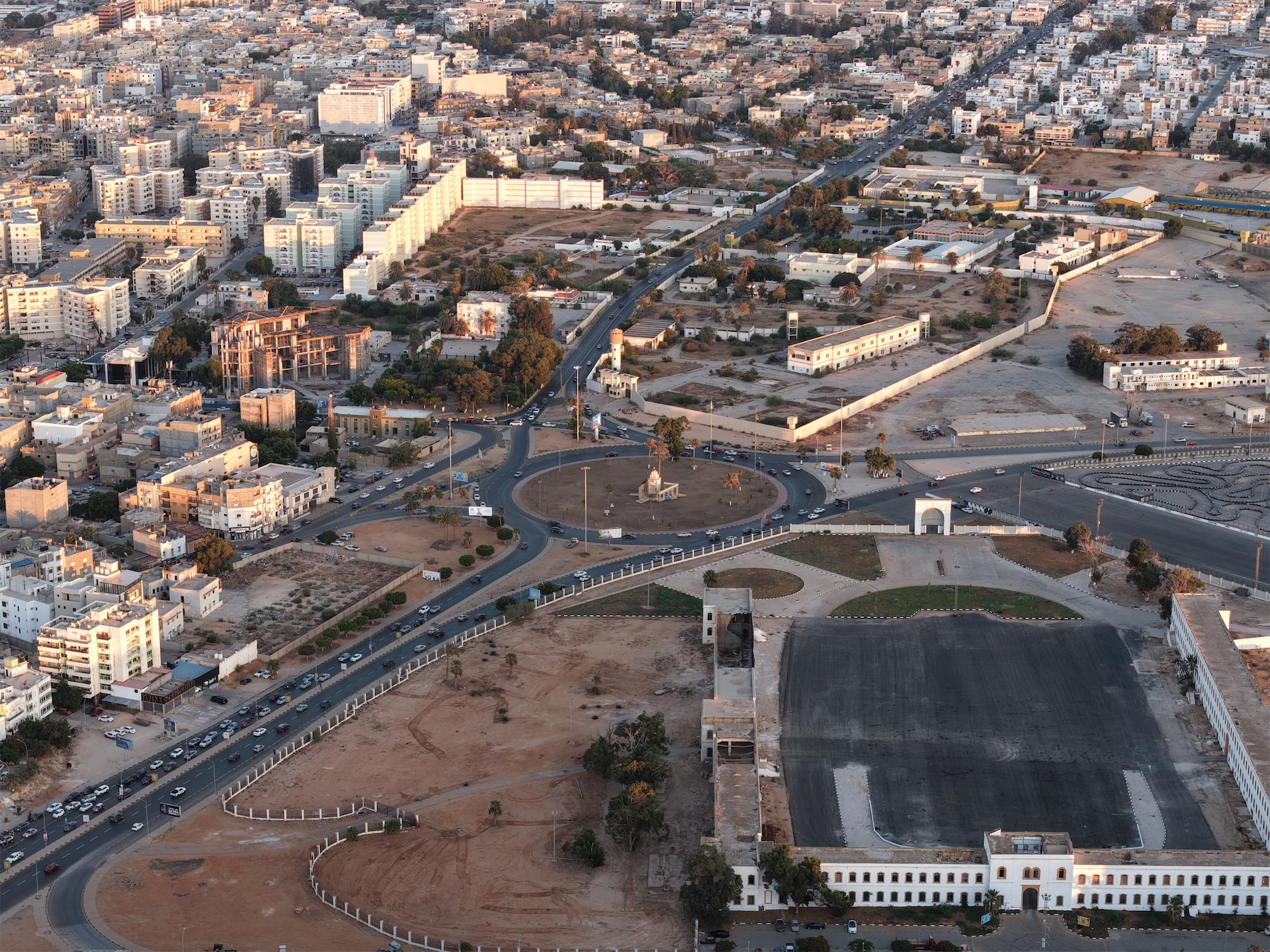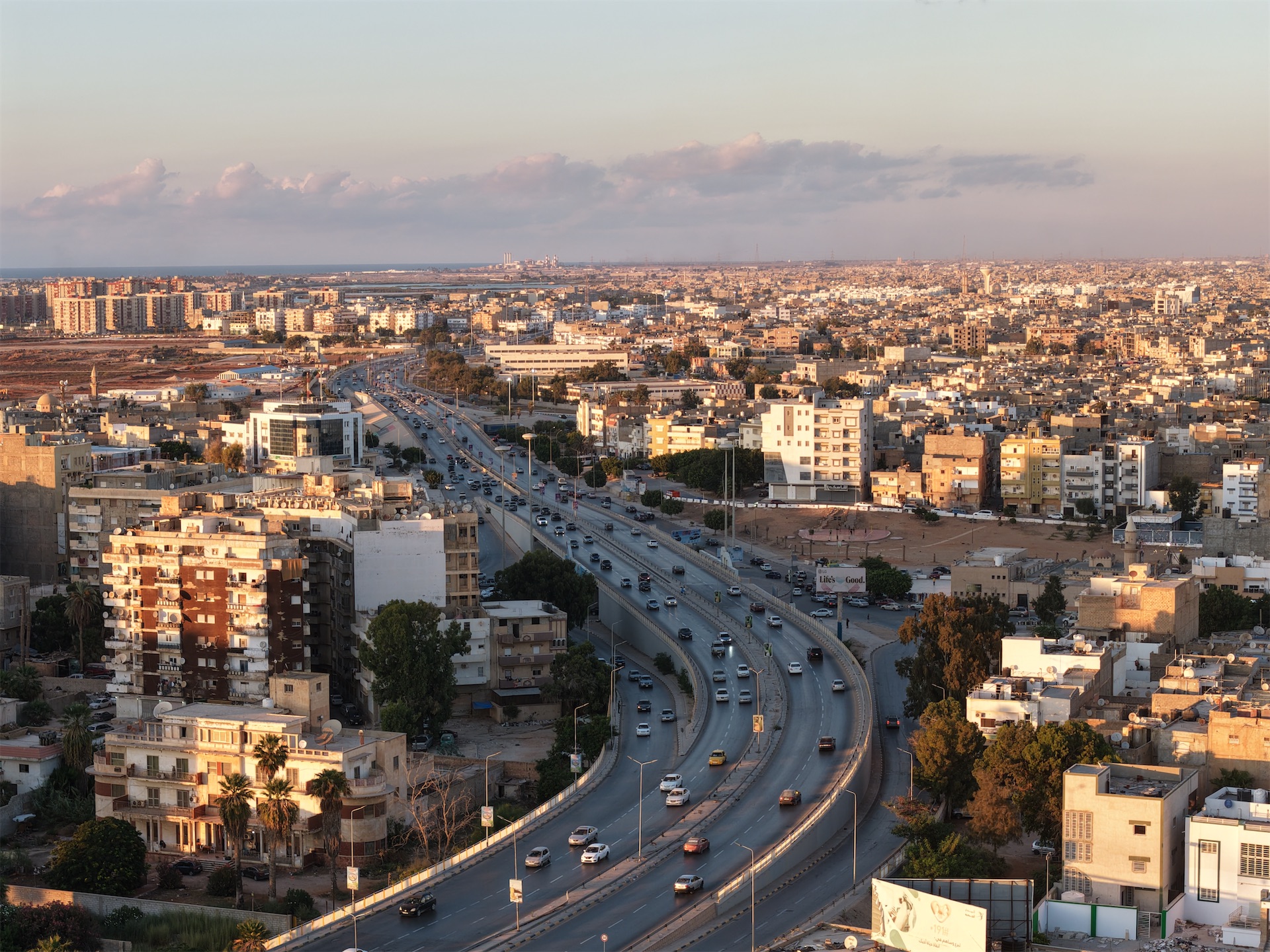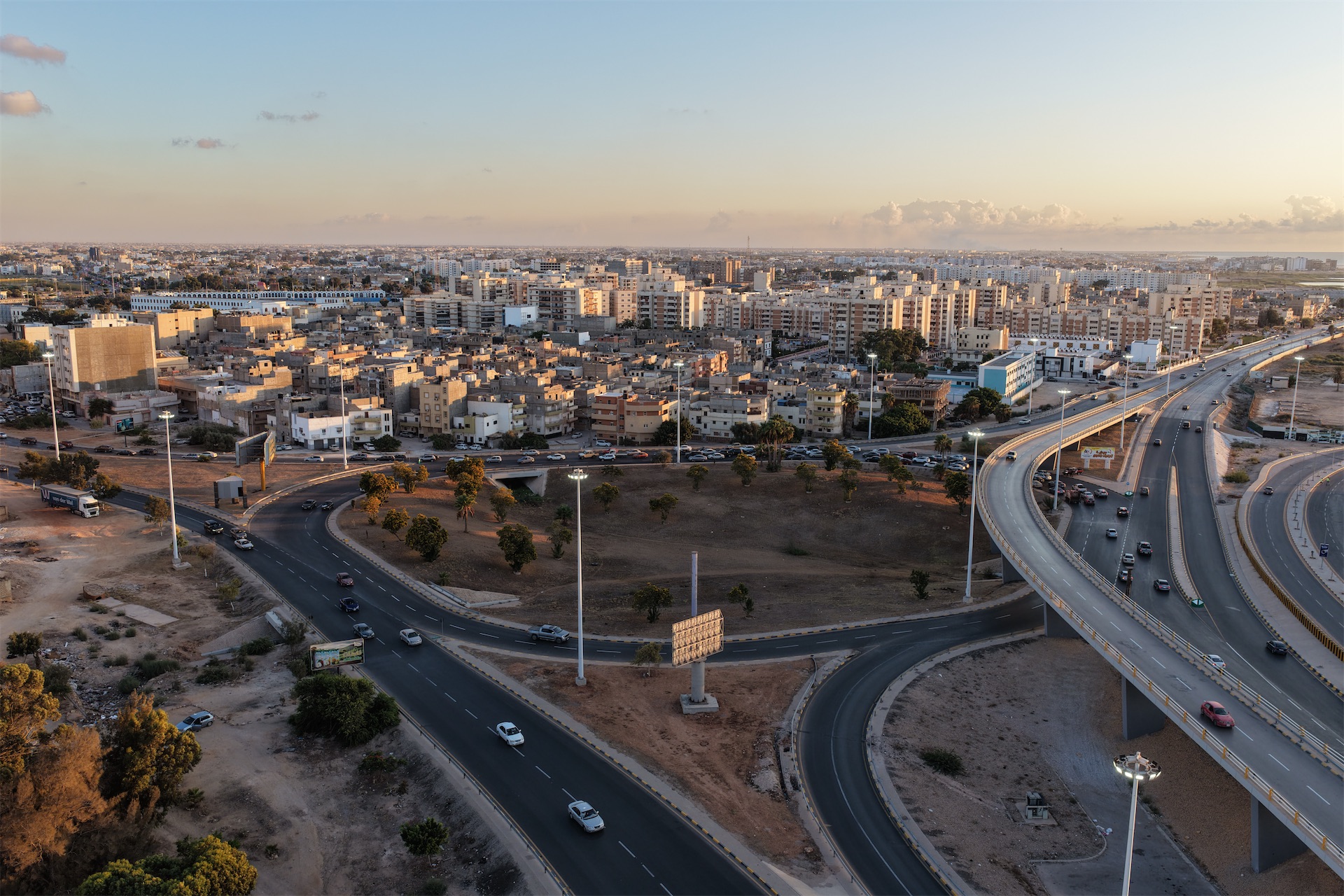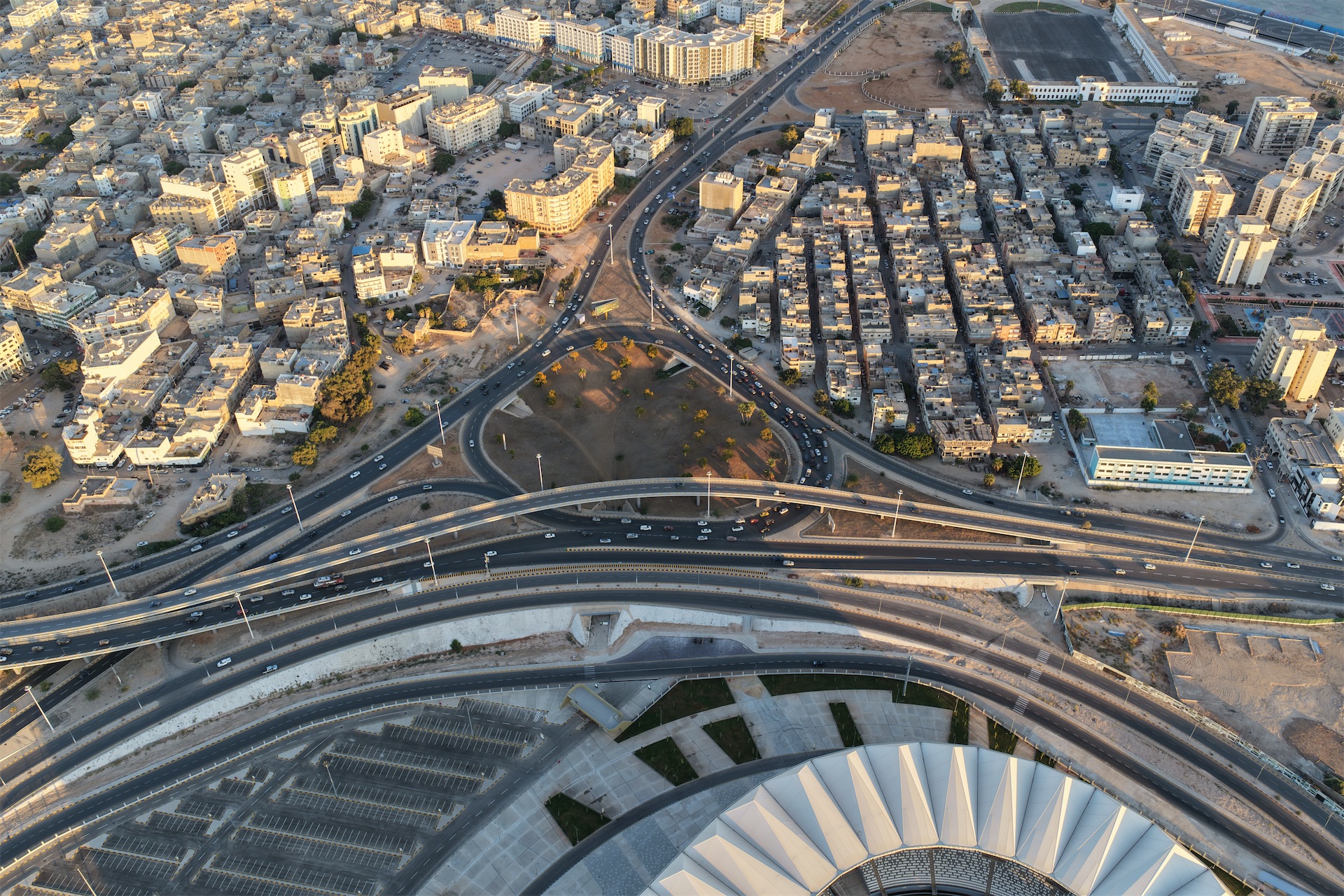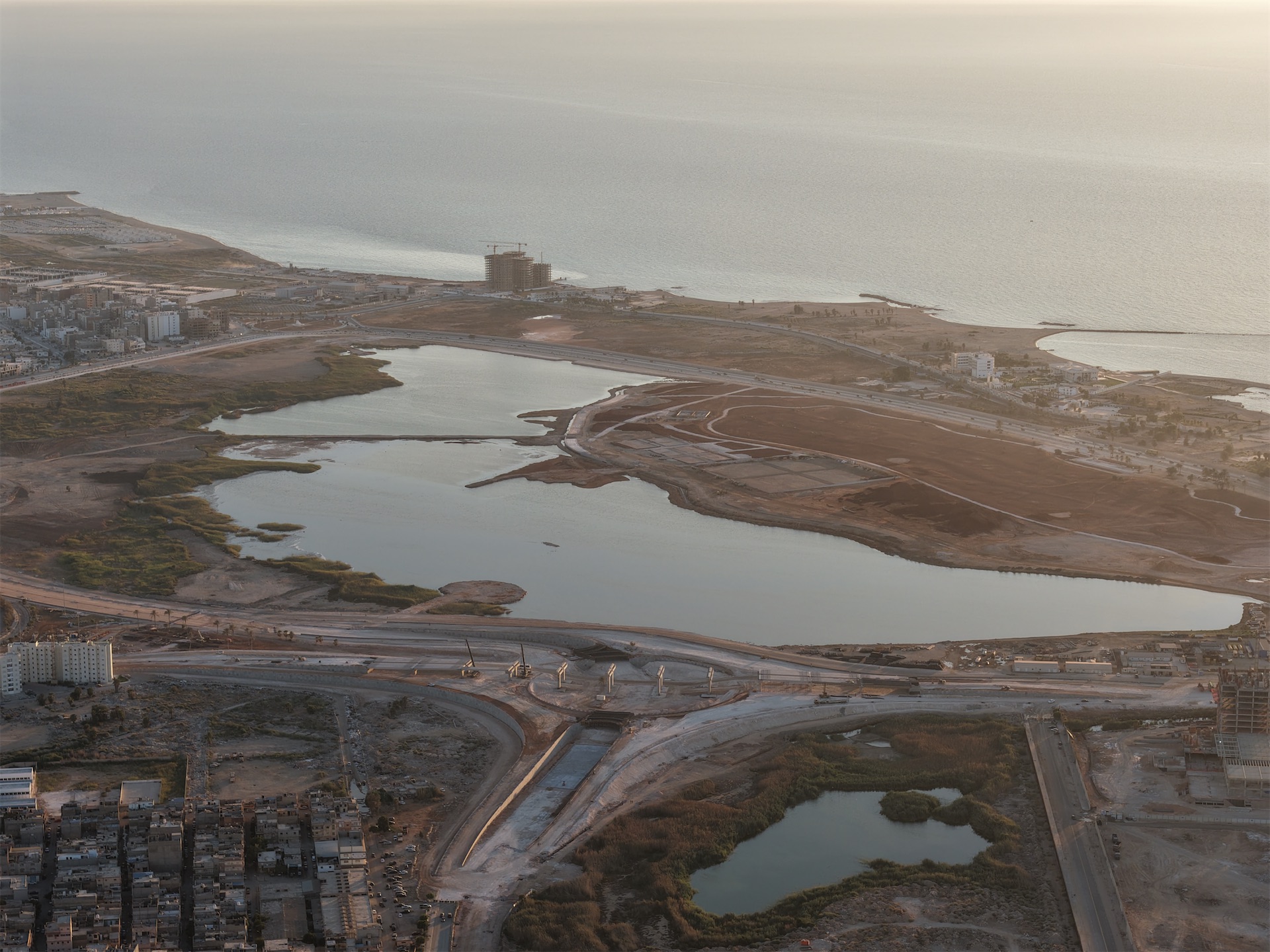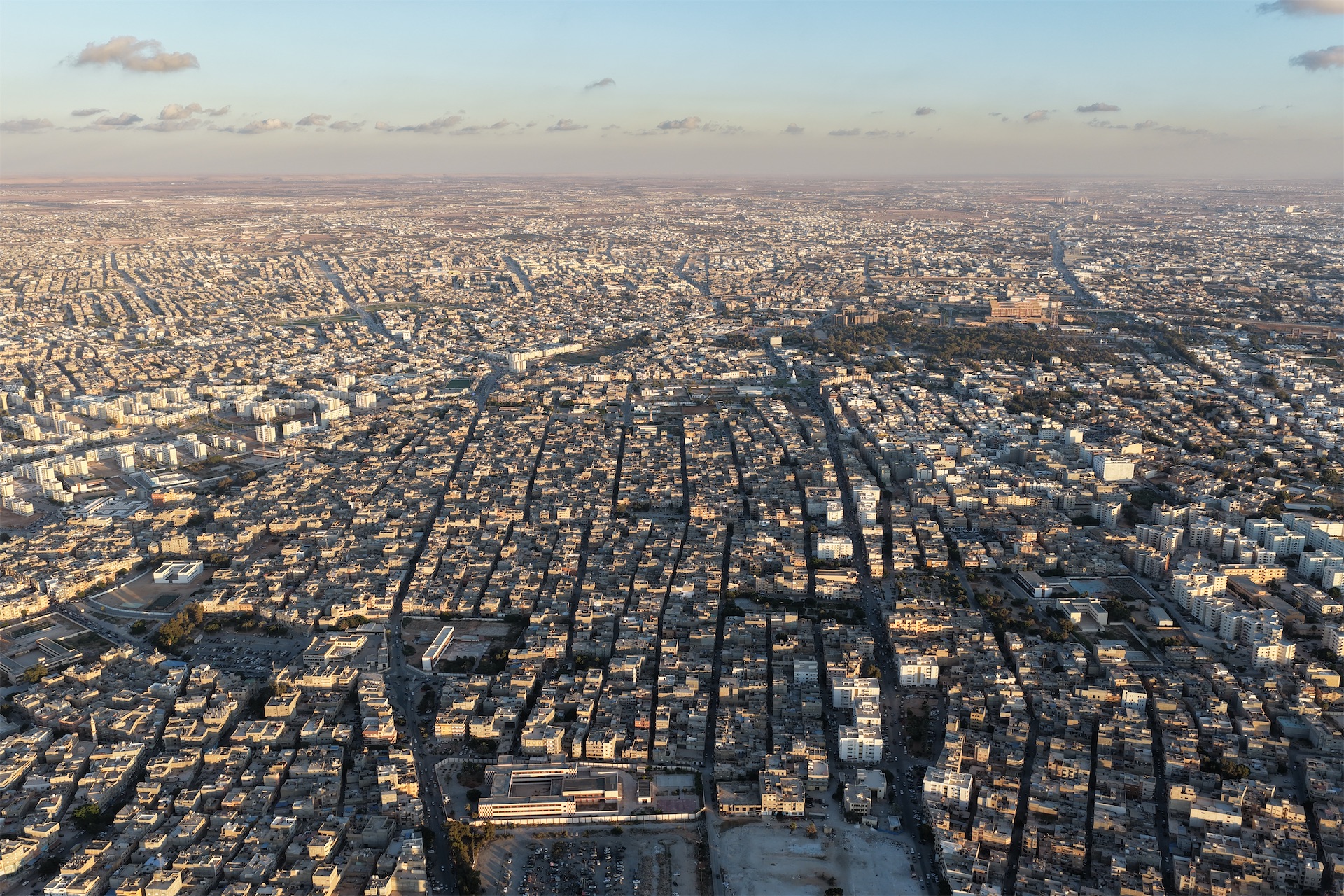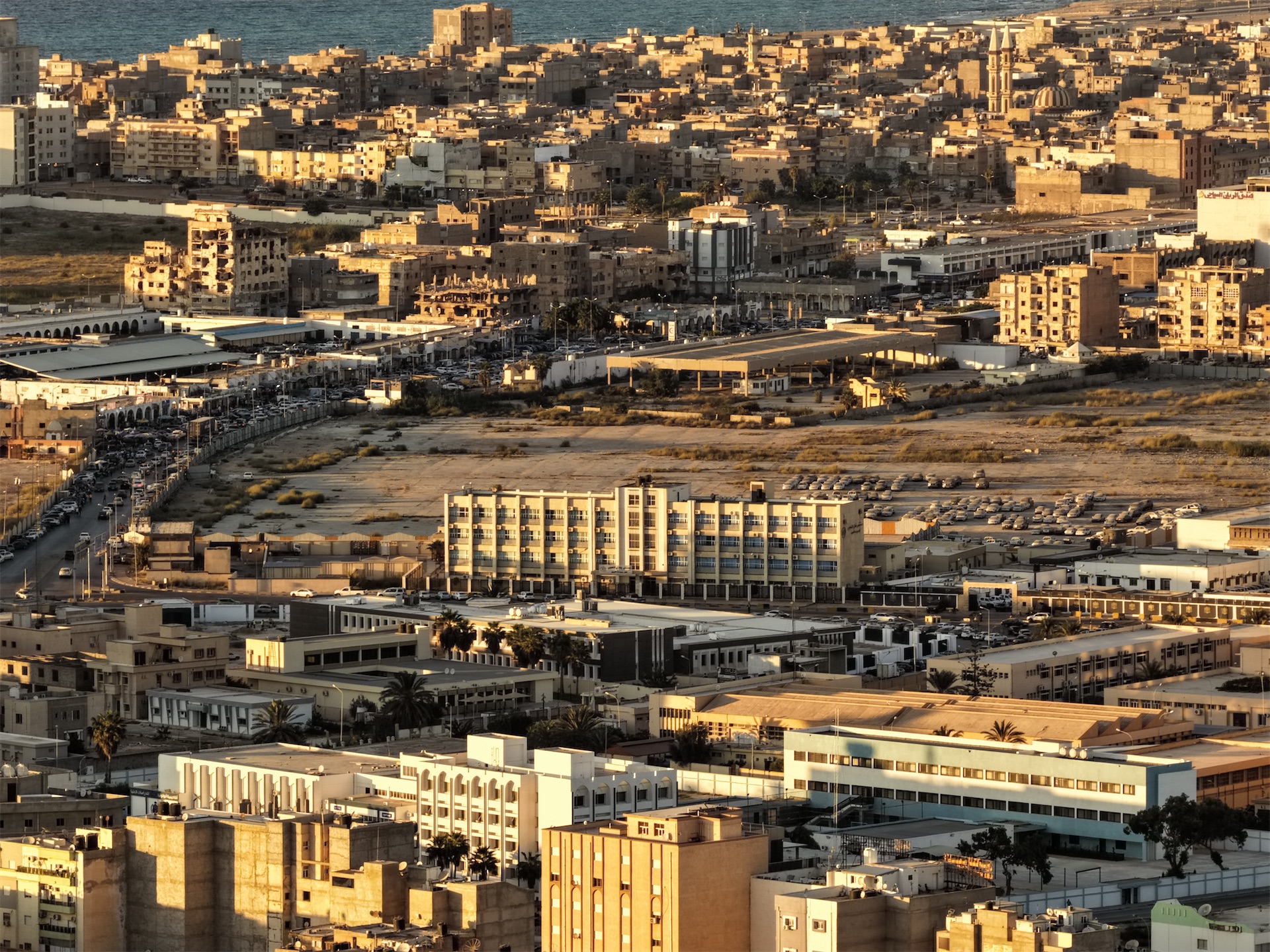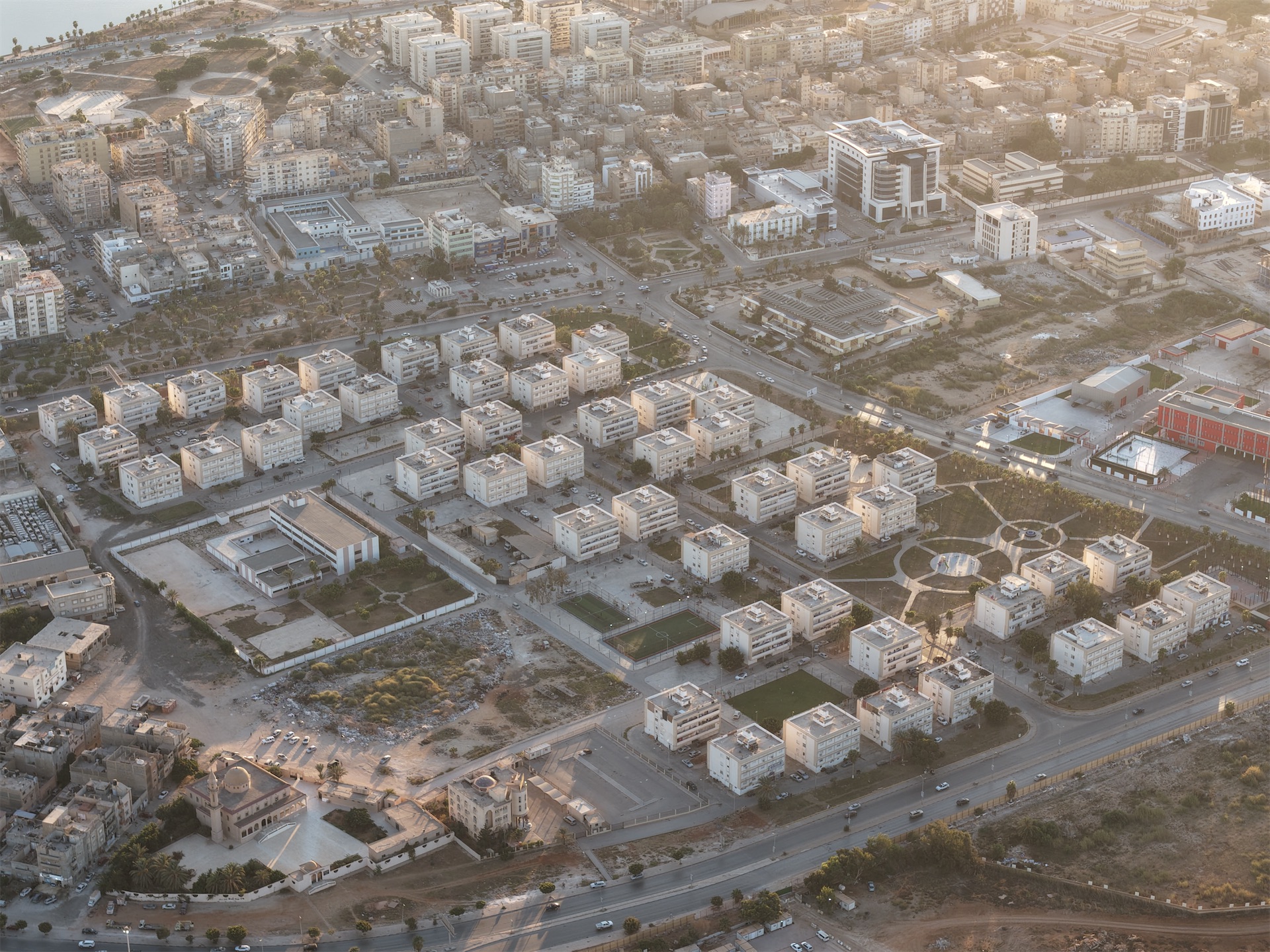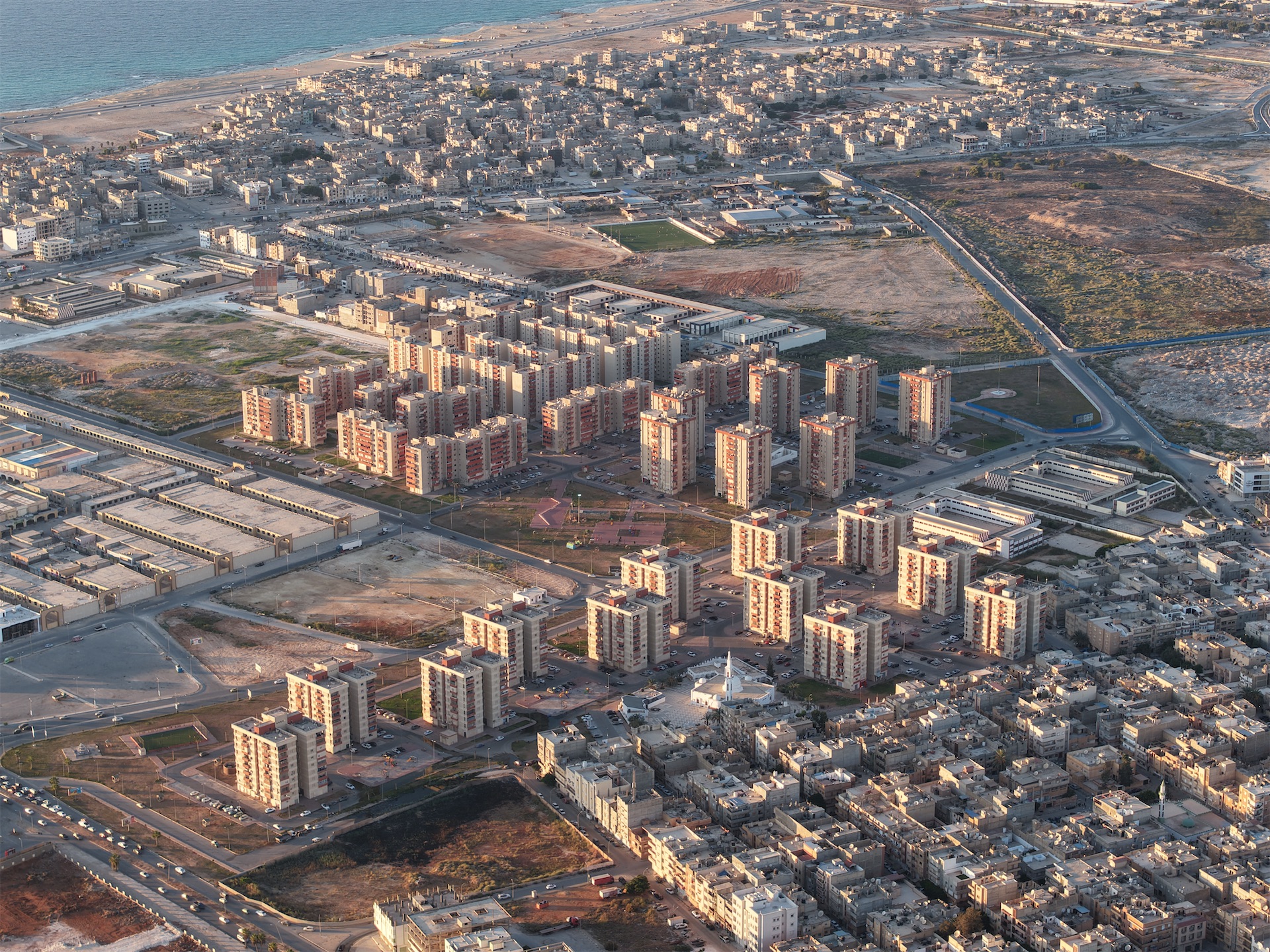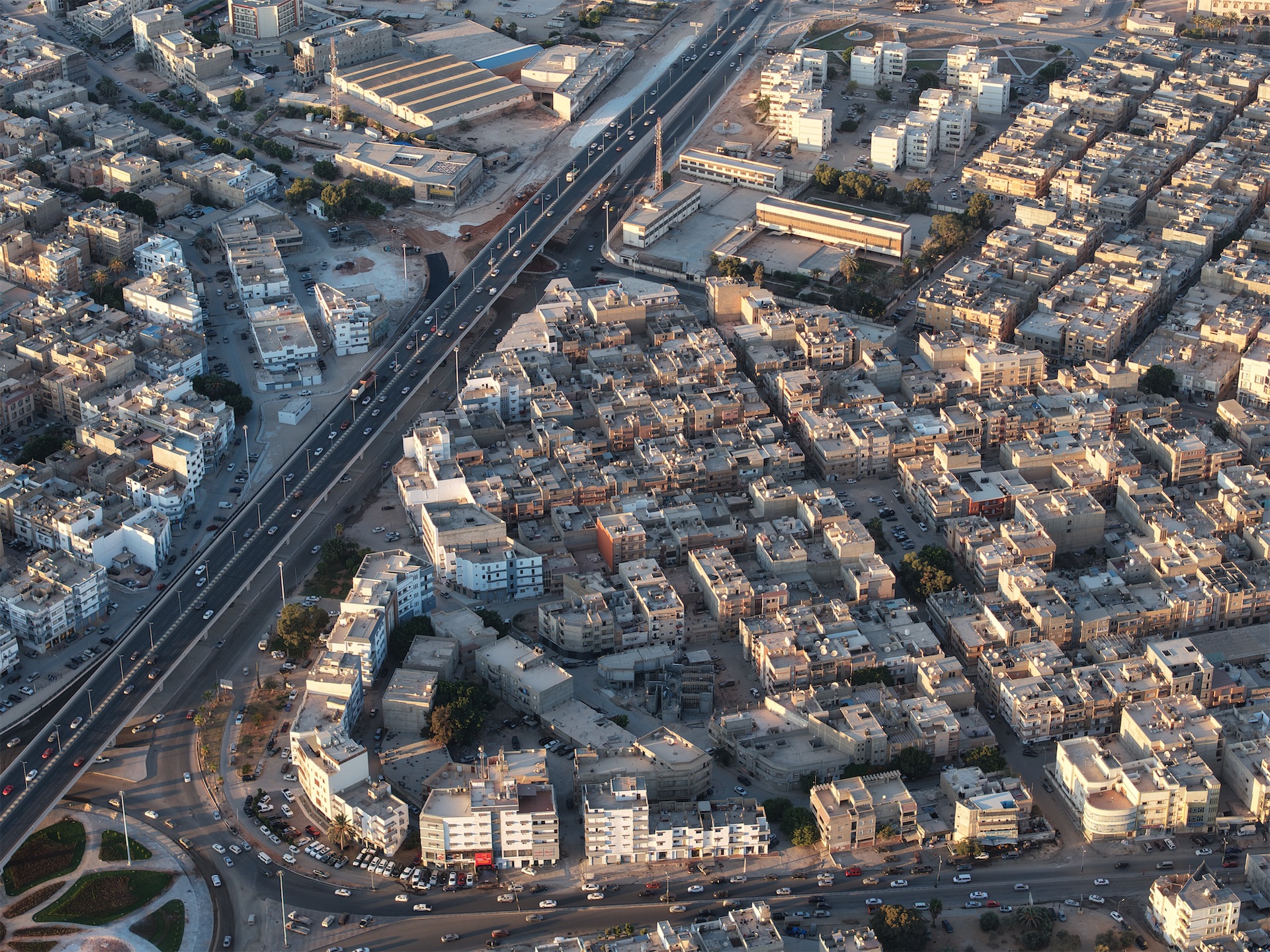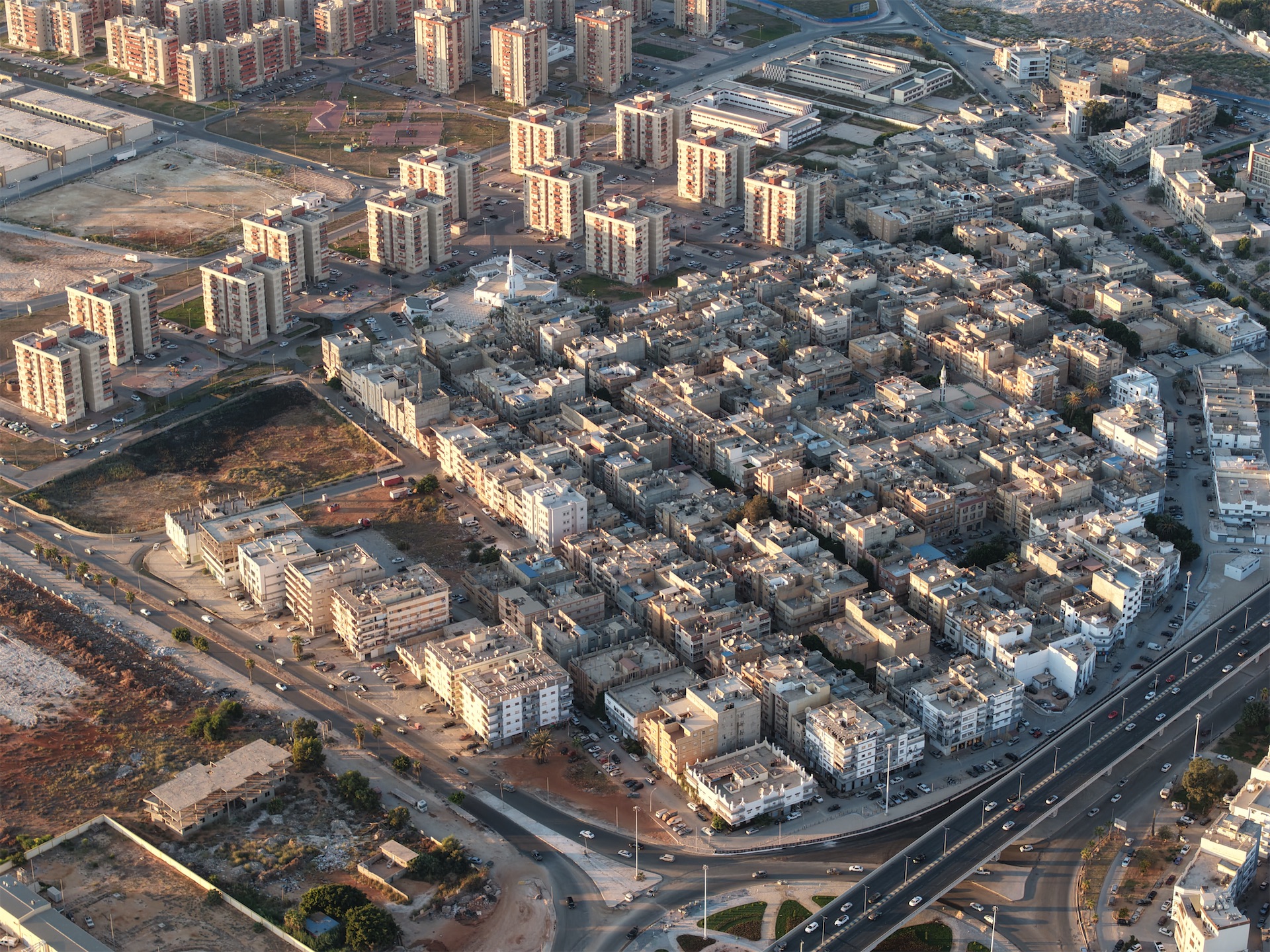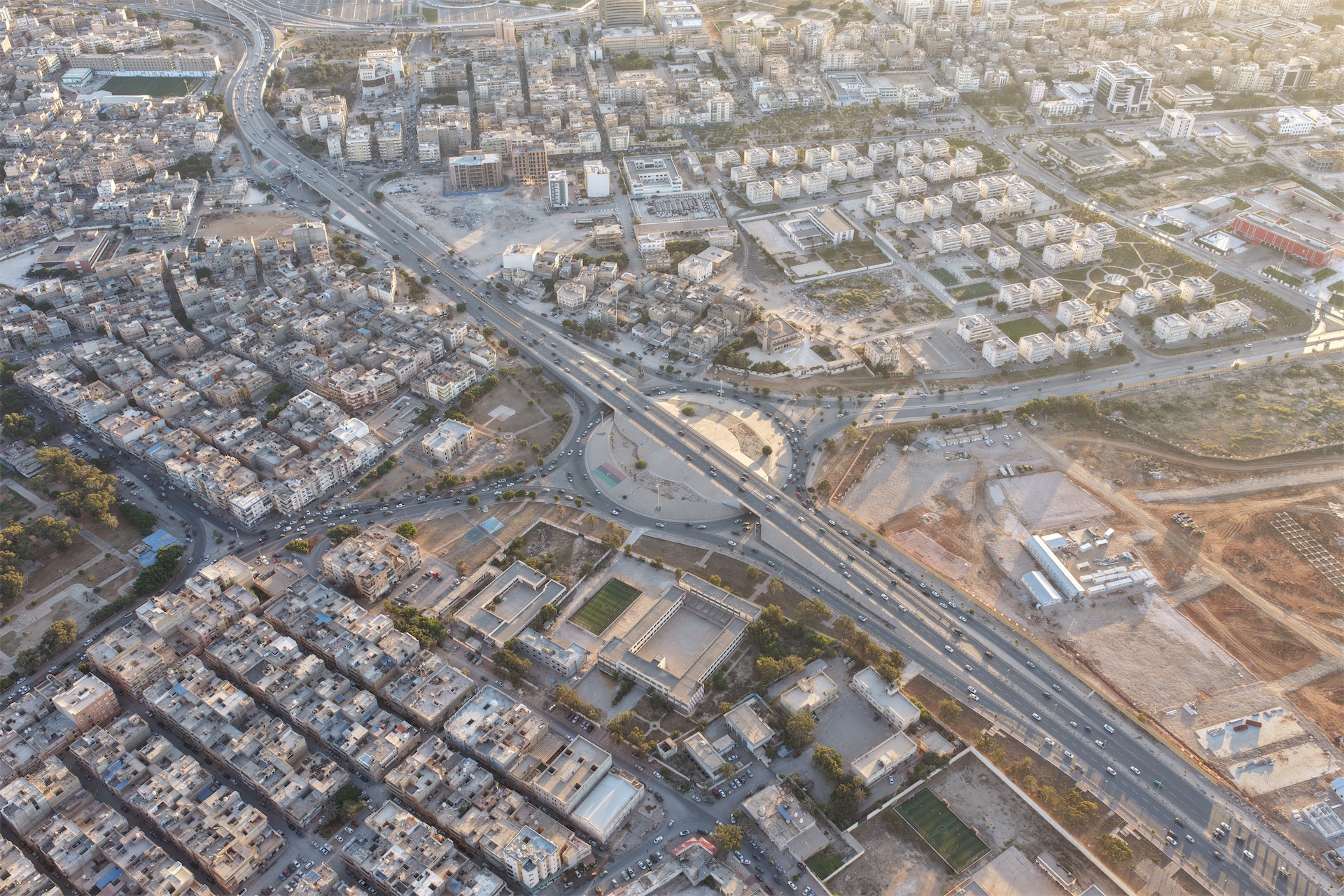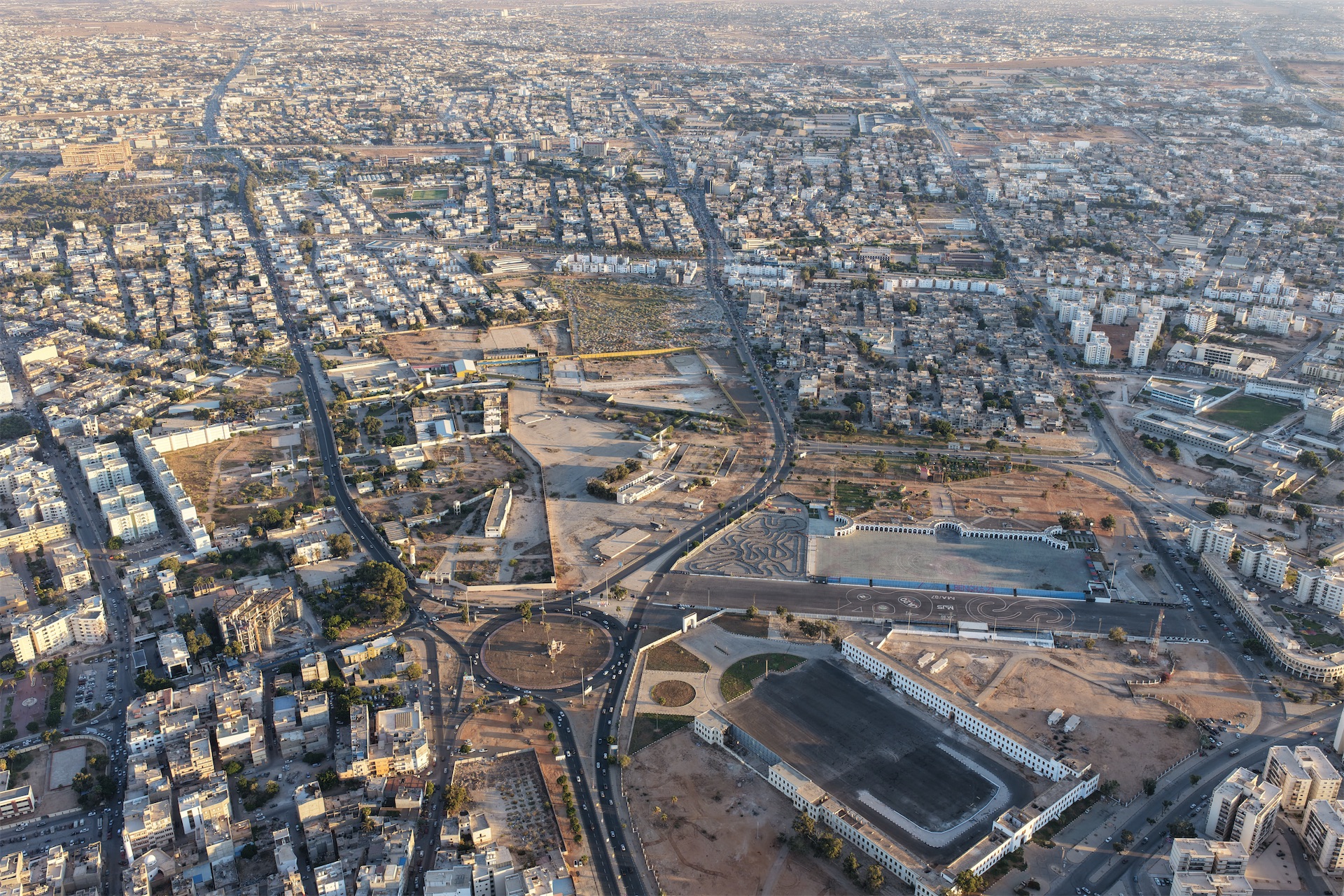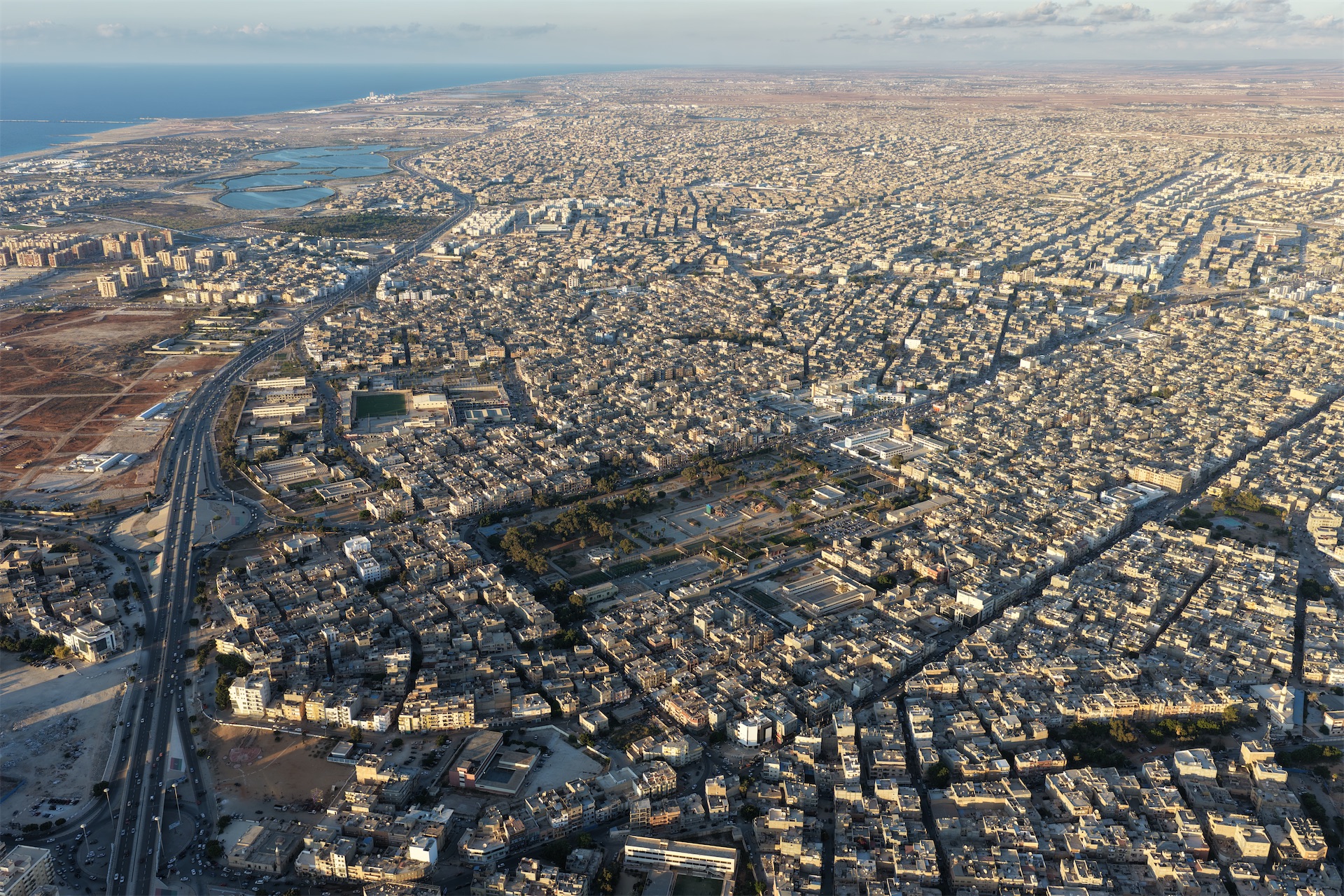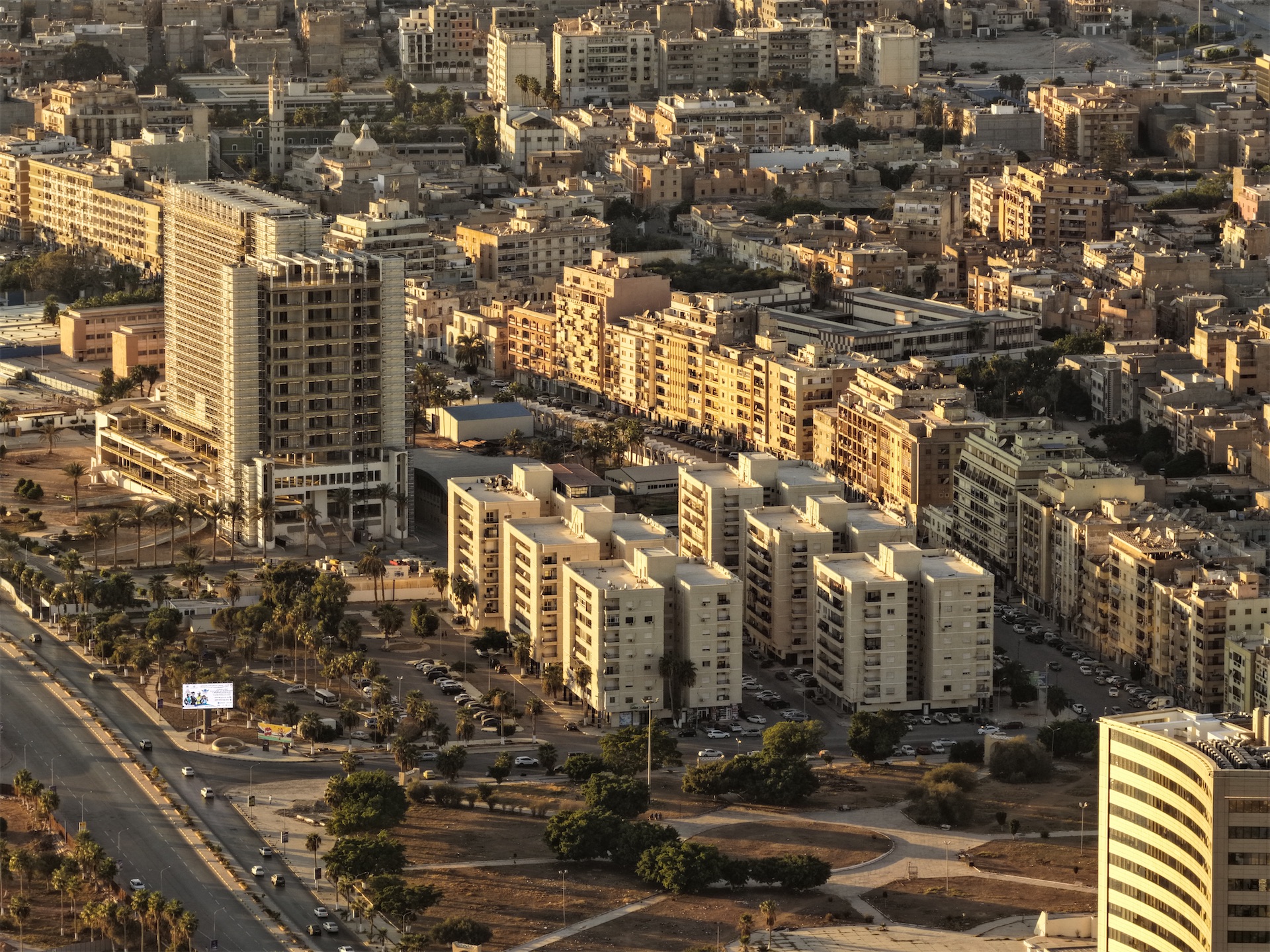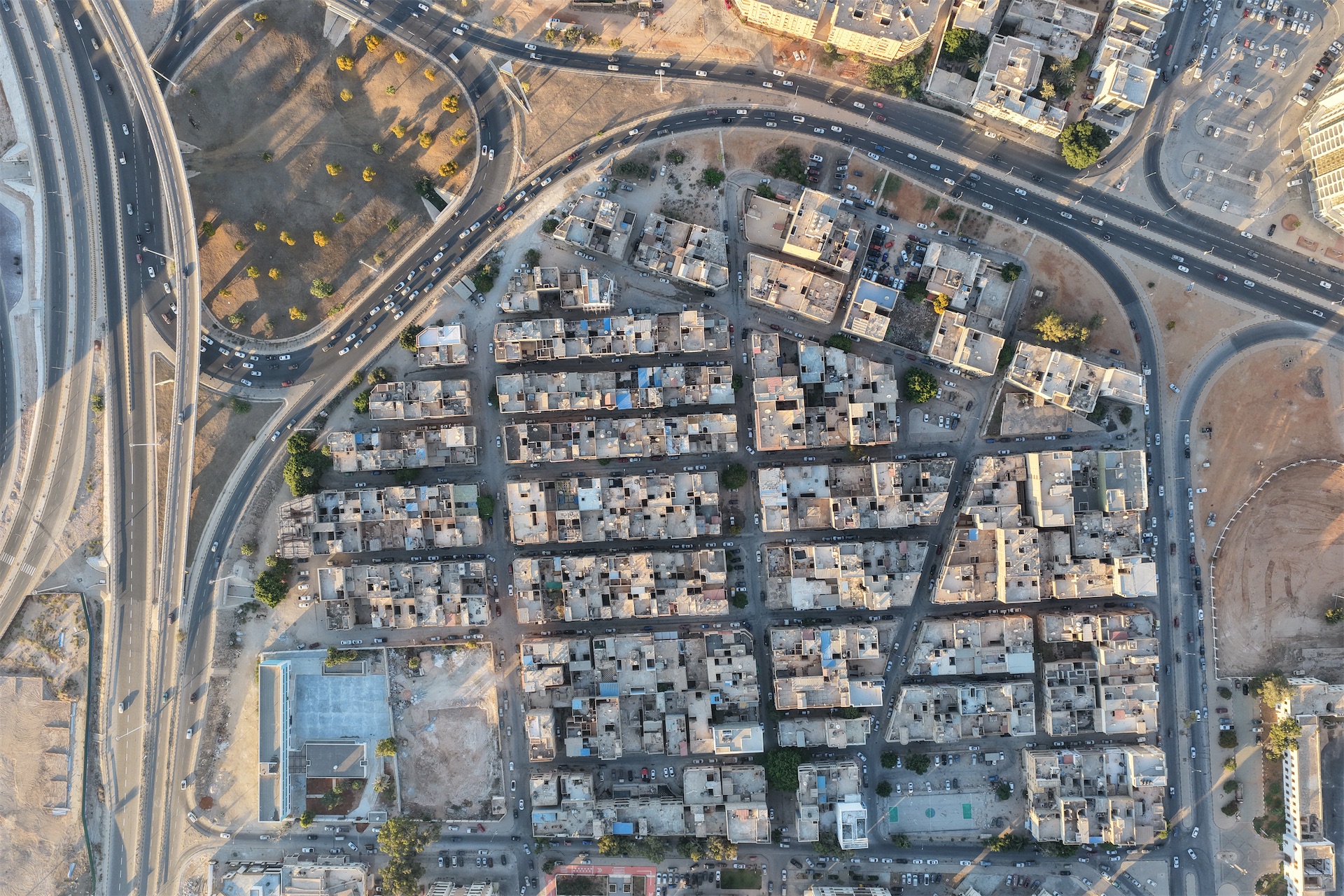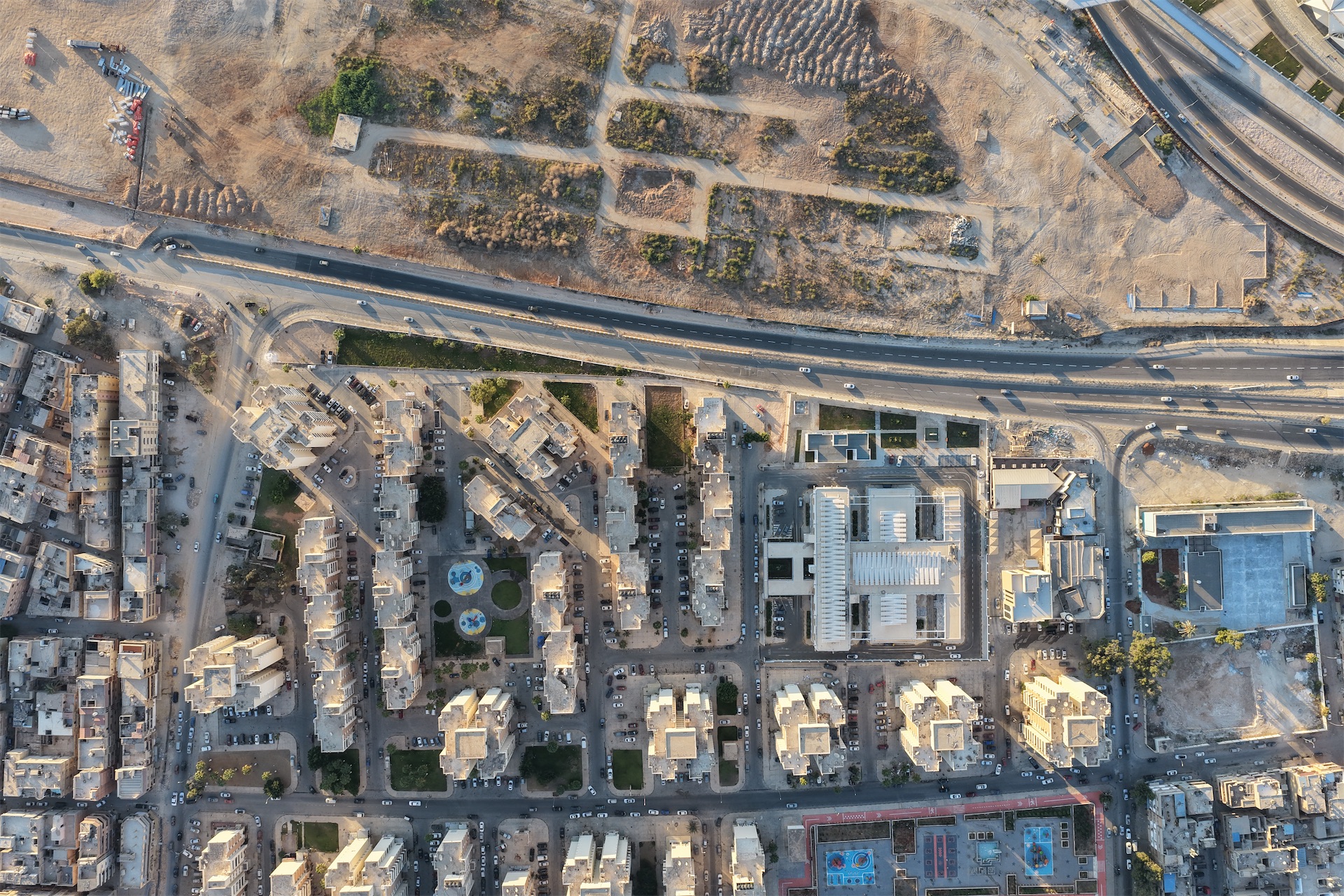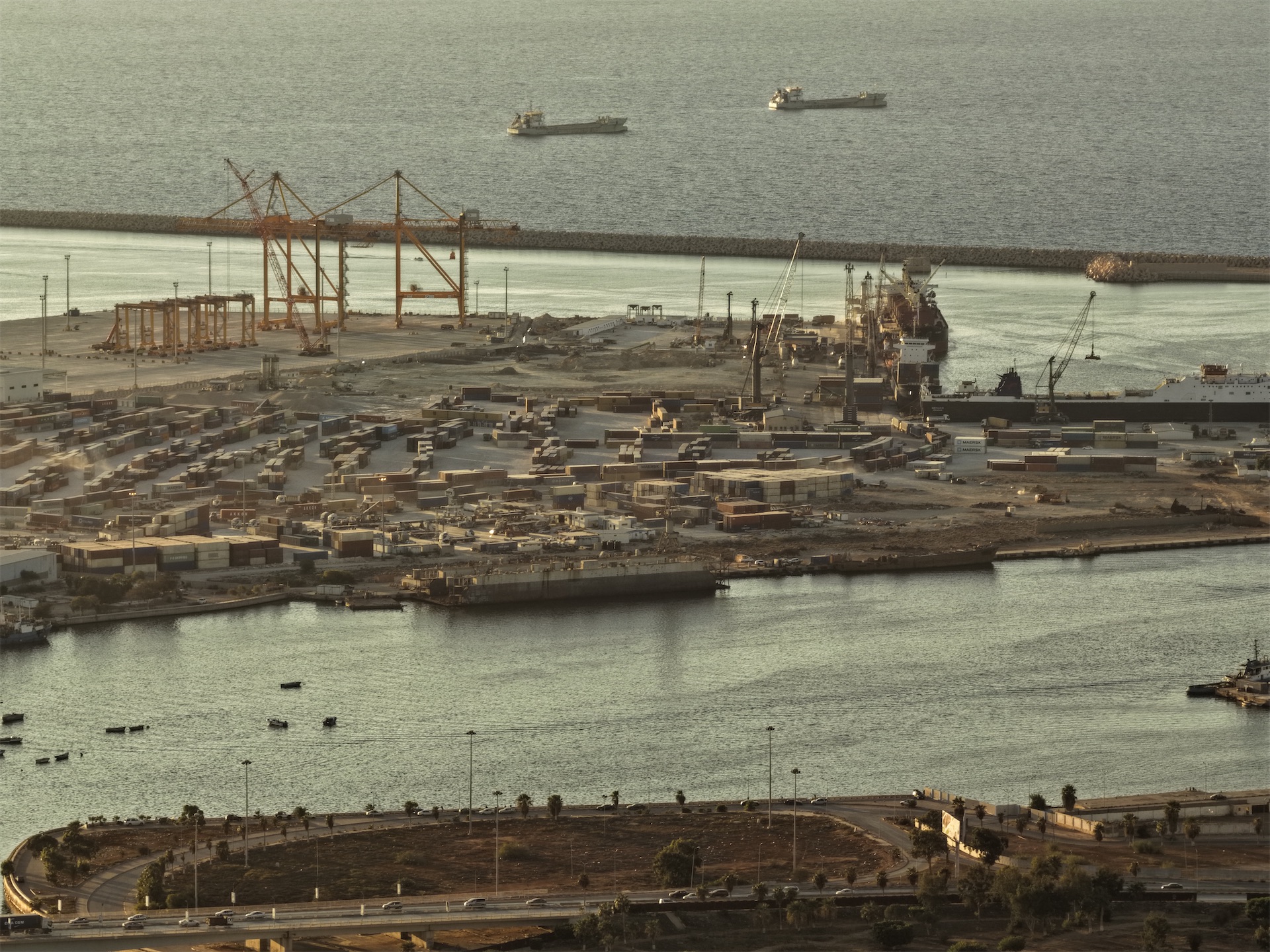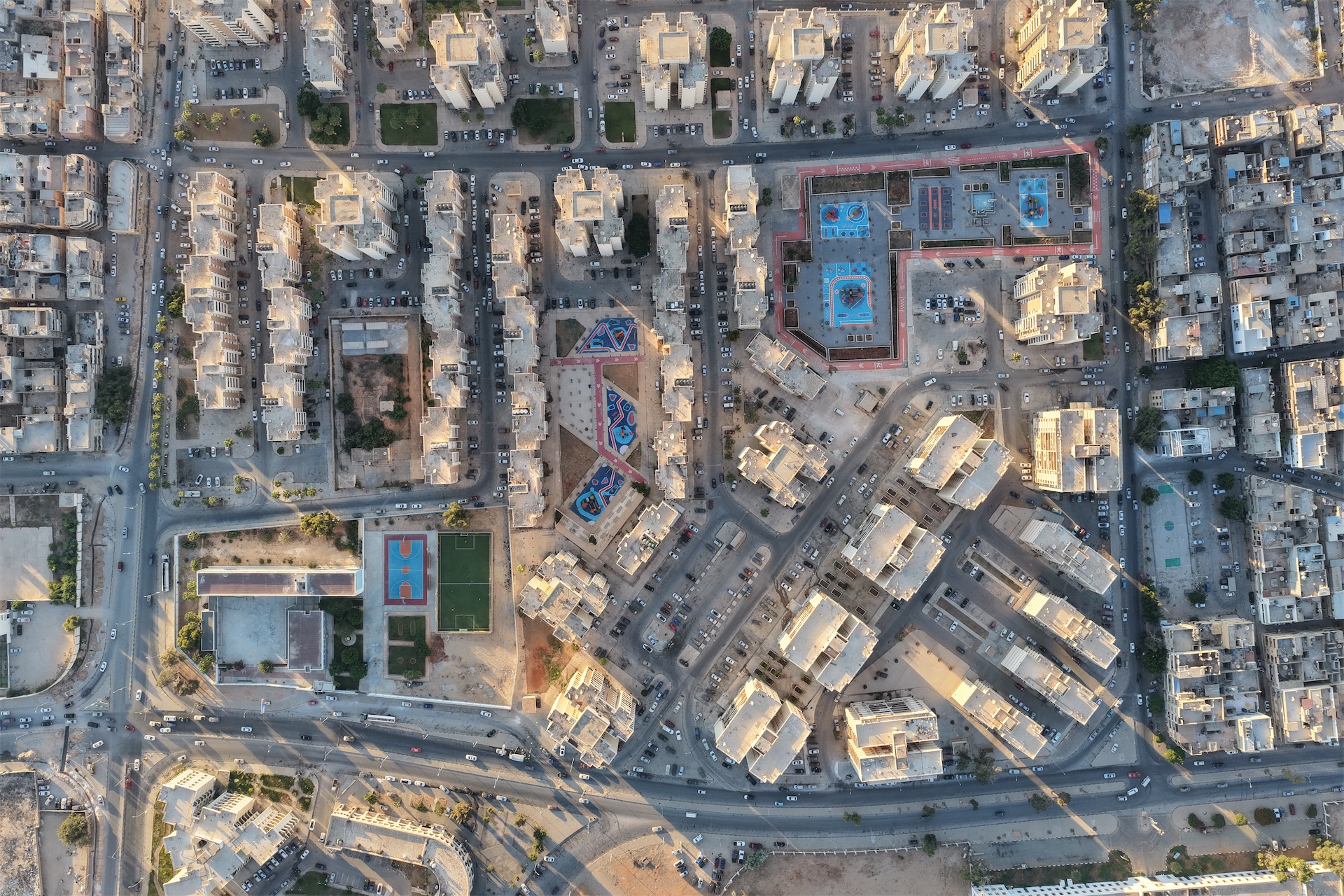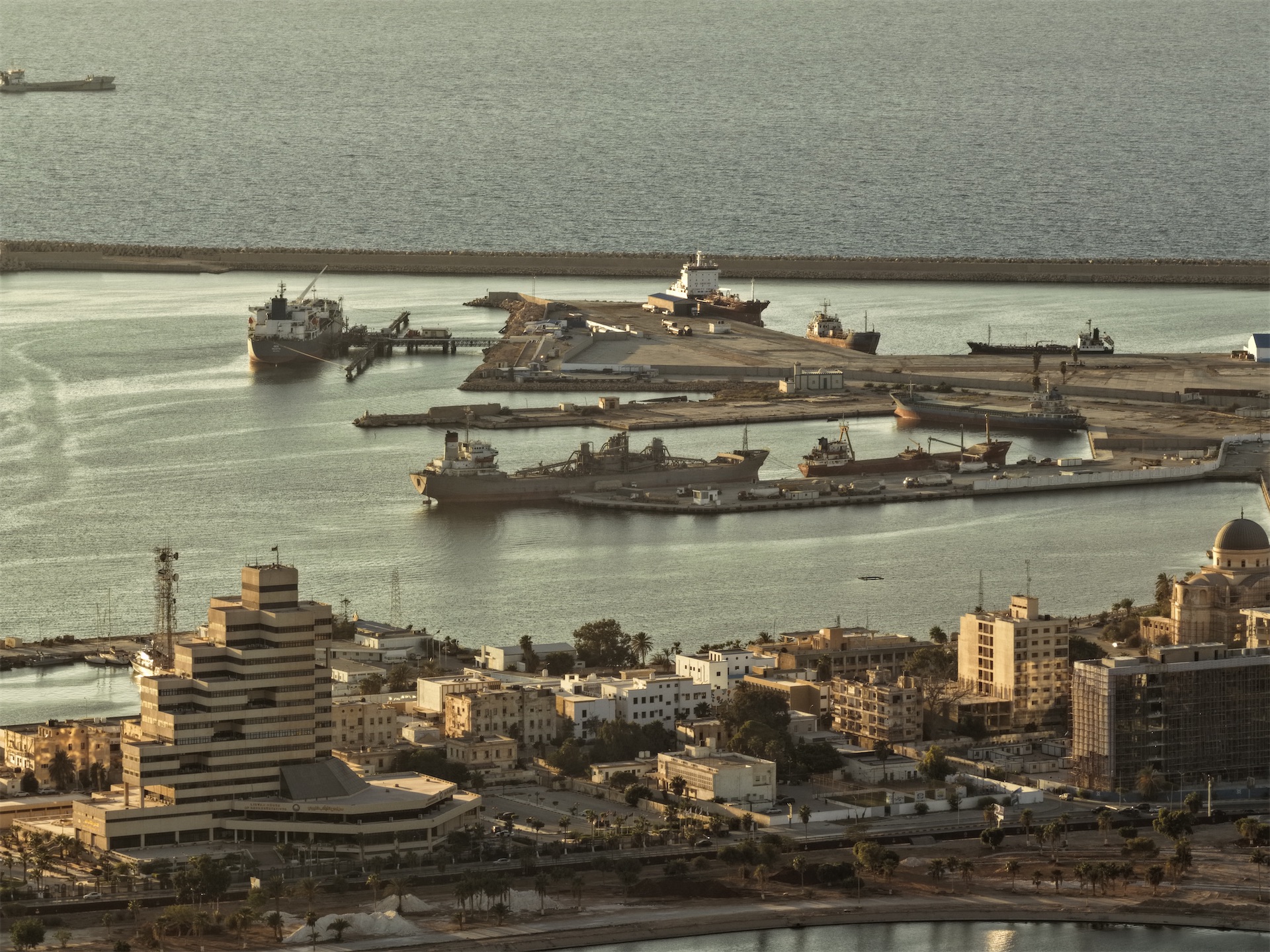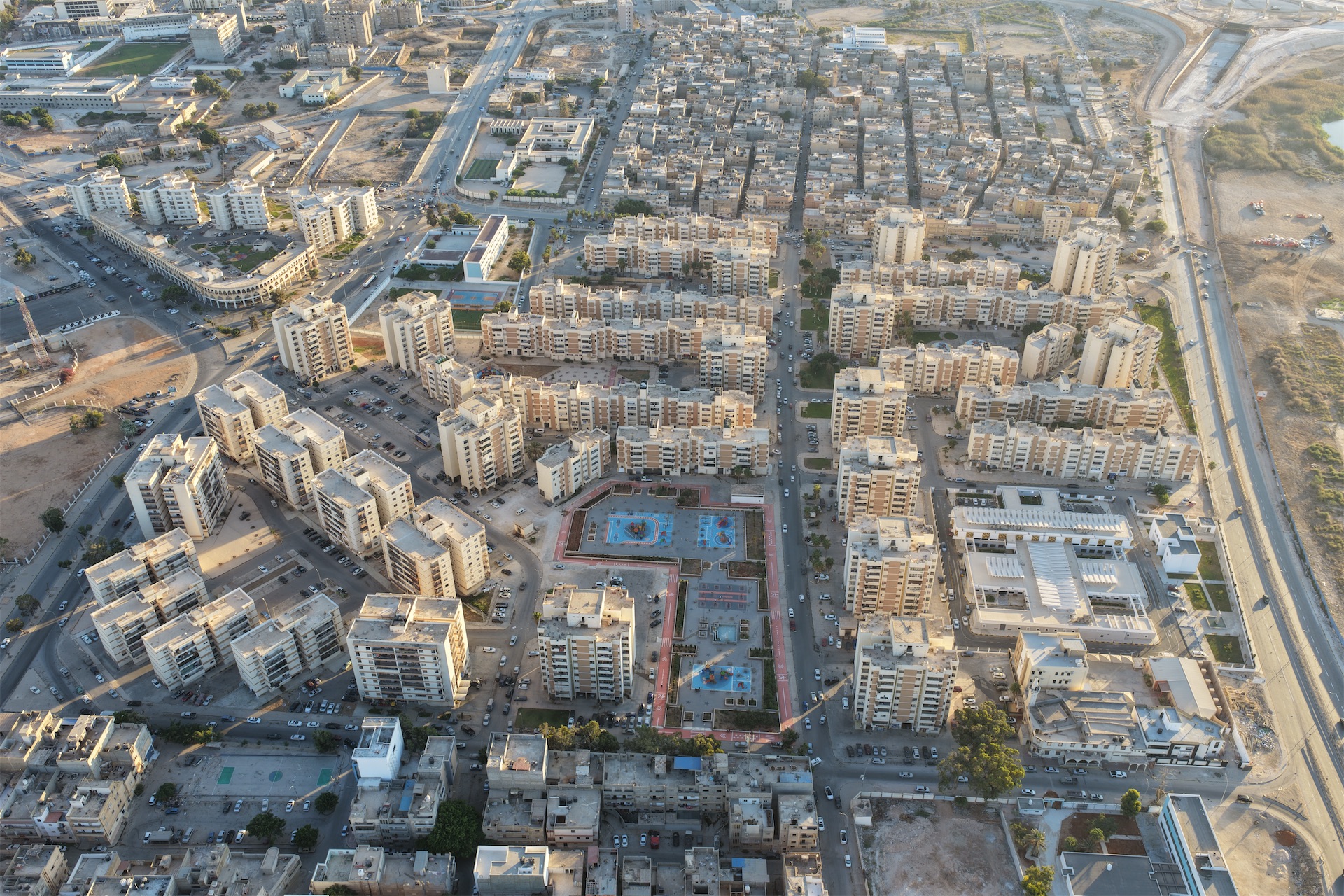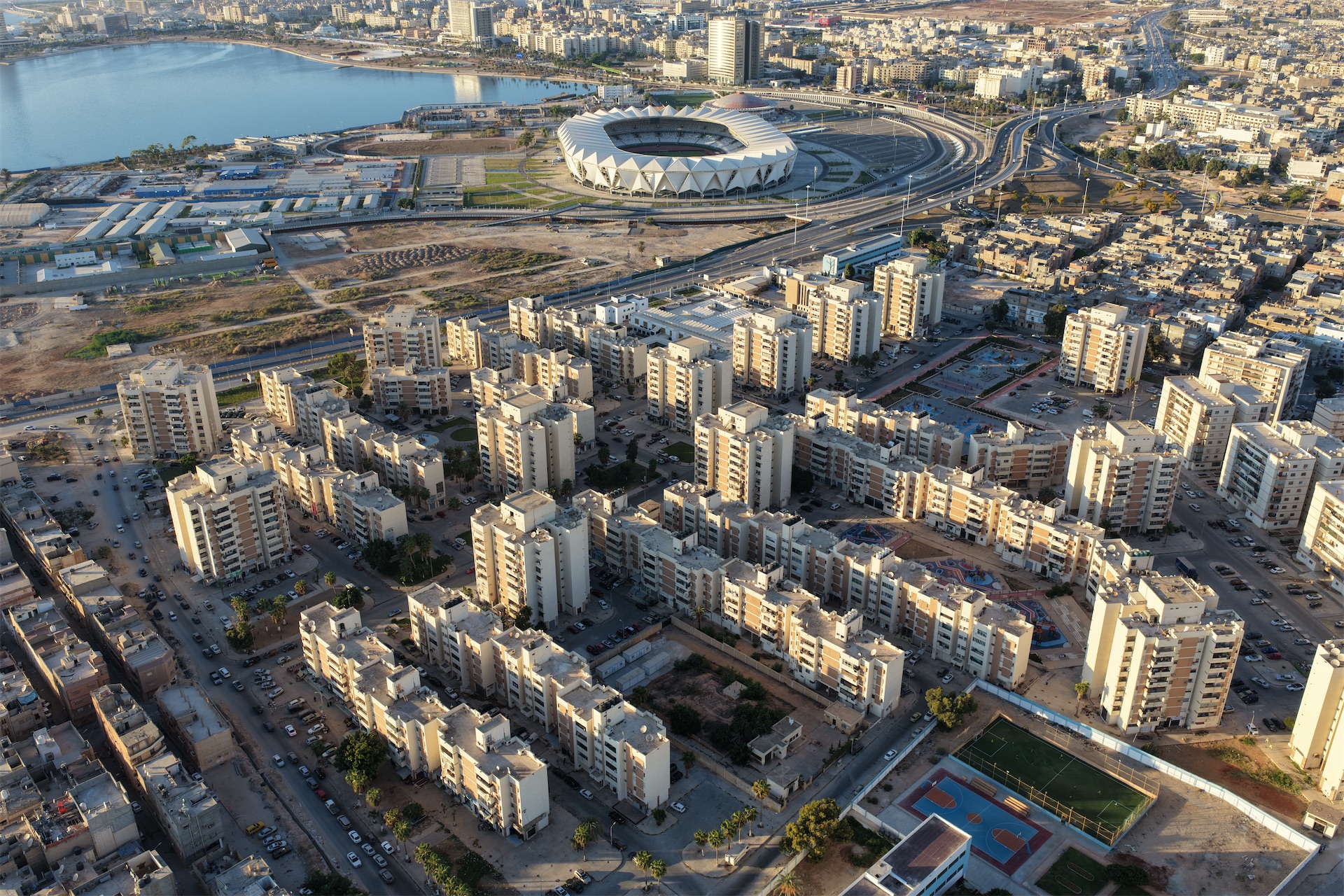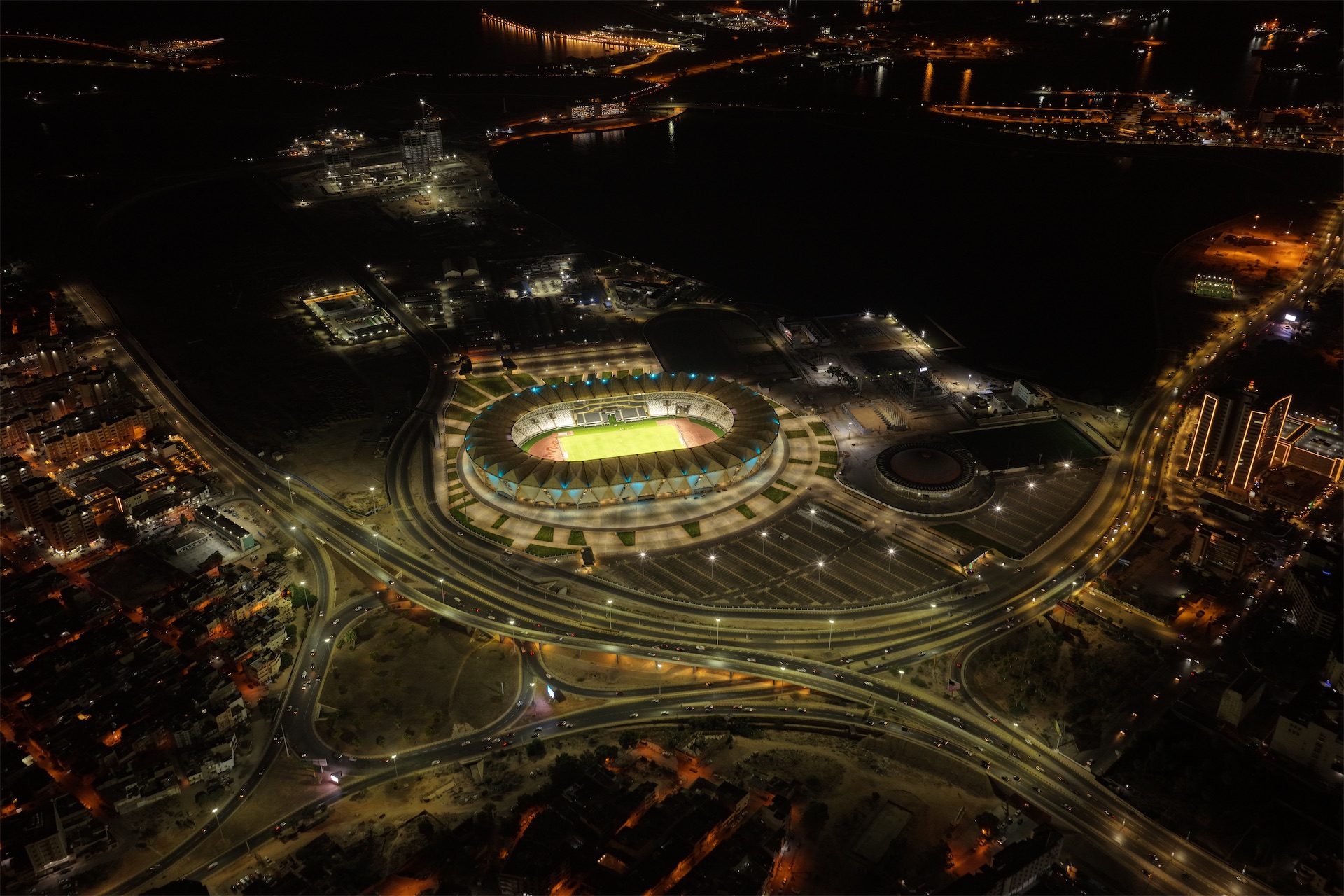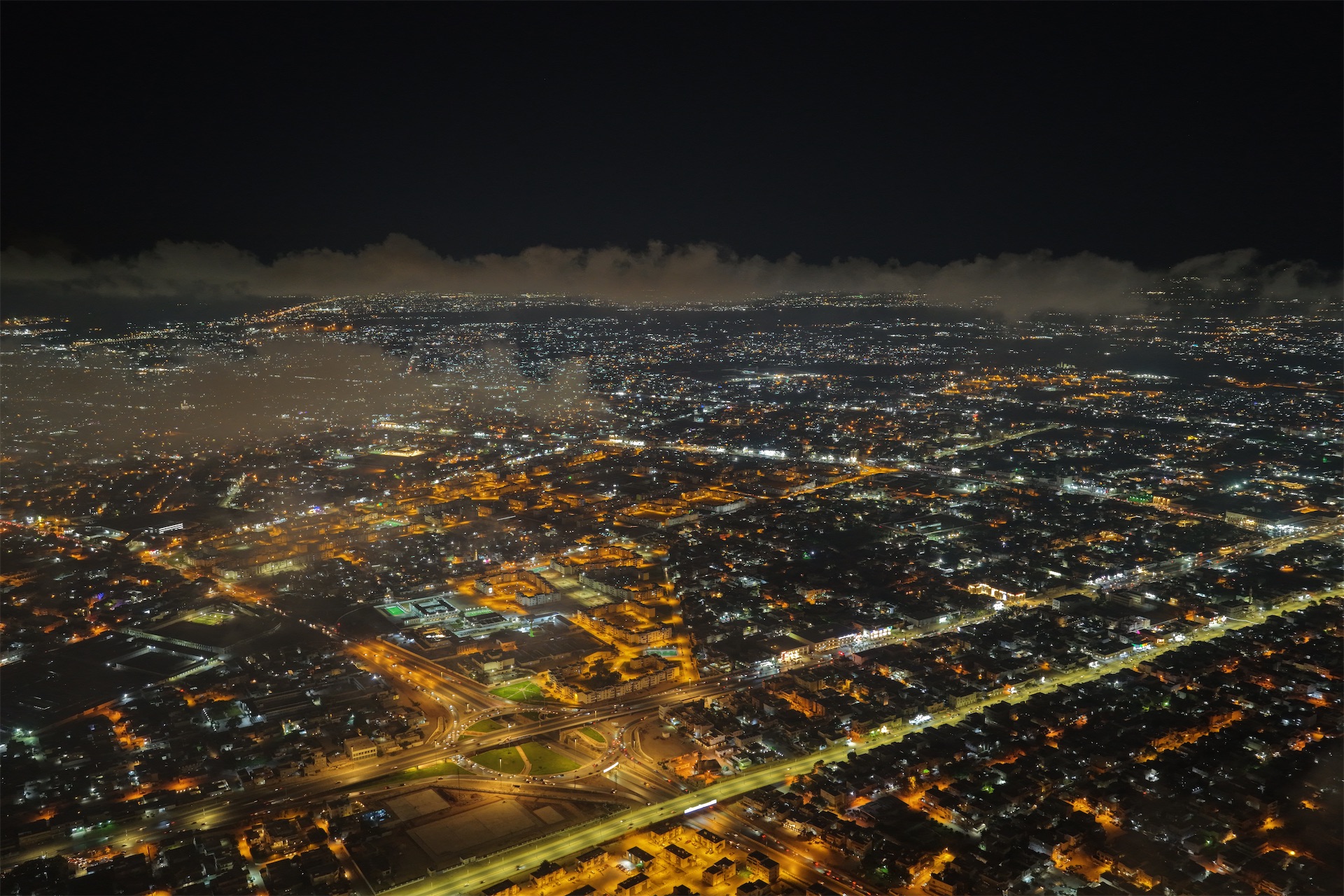
General background of Benghazi CBD

Historically, the city of Benghazi was founded on a strip of land defined by the seashore and the parallel salt flats. As the city expanded, it stretched toward the flat rocky lands. With urban growth, the old city gained increasing importance and became its urban core. However, despite many attempts to design and redevelop this area as a modern Central Business District, such ideas and designs remained fragmented and, in most cases, were neither adopted nor implemented.
This initiative aims to redevelop the center of Benghazi (including the current city core and main recreational areas) in order to redefine the urban center, focusing on the creation of a vibrant, accessible Central Business District that balances economic activity with both urban quality and environmental considerations.
Historical Urban Development Timeline
Explore the key milestones in Benghazi’s urban planning history, highlighting significant efforts to shape the city’s modern landscape.
The most notable previous planning attempts may be summarized as follows:
- The port and central Benghazi plan prepared by the Italian authorities at the time, representing the city’s first nucleus, where many administrative, commercial, and religious services were established, shaping the foundation of modern Benghazi.
- The comprehensive plan (1966–1988) by Doxiadis Associates, followed by detailed plans up to 1976, which organized real estate investment and the development of central services in the city (housing, mosques, hospitals, sports city, schools, etc.).
- The design for the modern city center by the renowned Italian architect Costa (1984) (Sviluppo Tecnica S.P.A. – consulting engineers and architects, Rome).
- The urban design project for the Corniche by the Japanese office of Kisho Kurokawa (1984).
- The urban center project (1992) by the Utilities Consulting Office.
- The second-generation plan (1980–2000) by Doxiadis Associates in 1985.
- The third-generation plan (2009–2025) by Al-Emara Consulting Engineers.
- The urban design project for linking water lakes by Al-Emara Consulting Engineers (1989).
- The urban design for the modern Port of Benghazi project.
- The central park and grand mosque design project (2008).
Most of these attempts, however, did not translate into implemented projects on the ground for several reasons.





